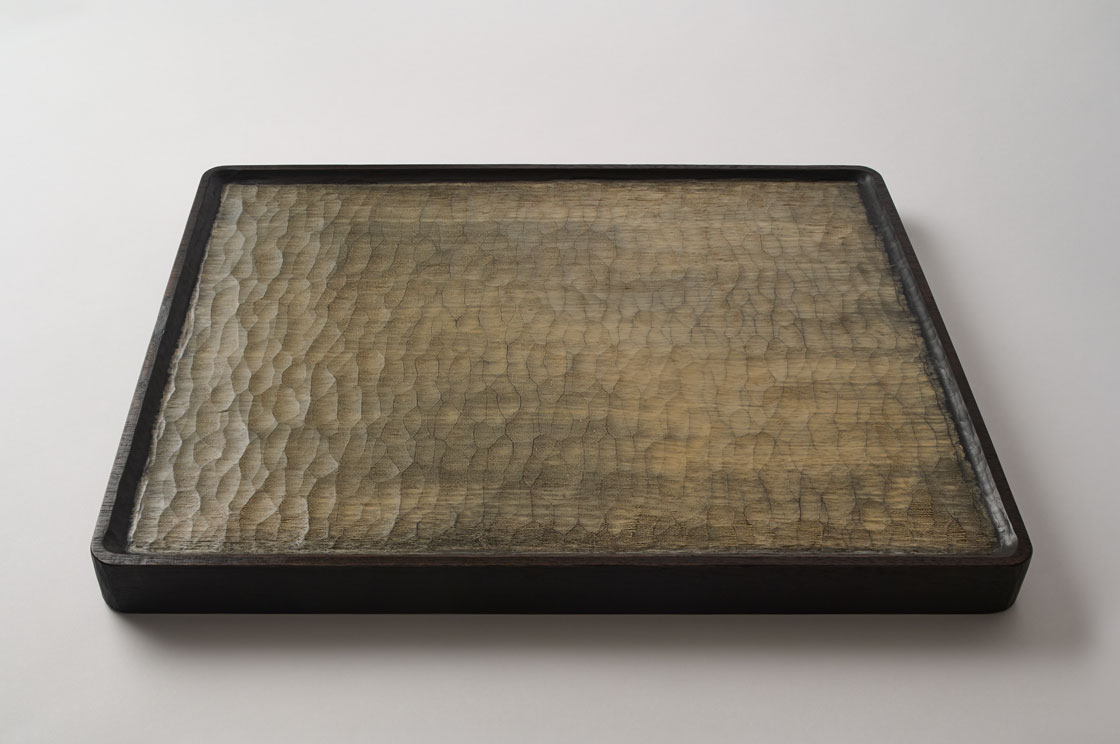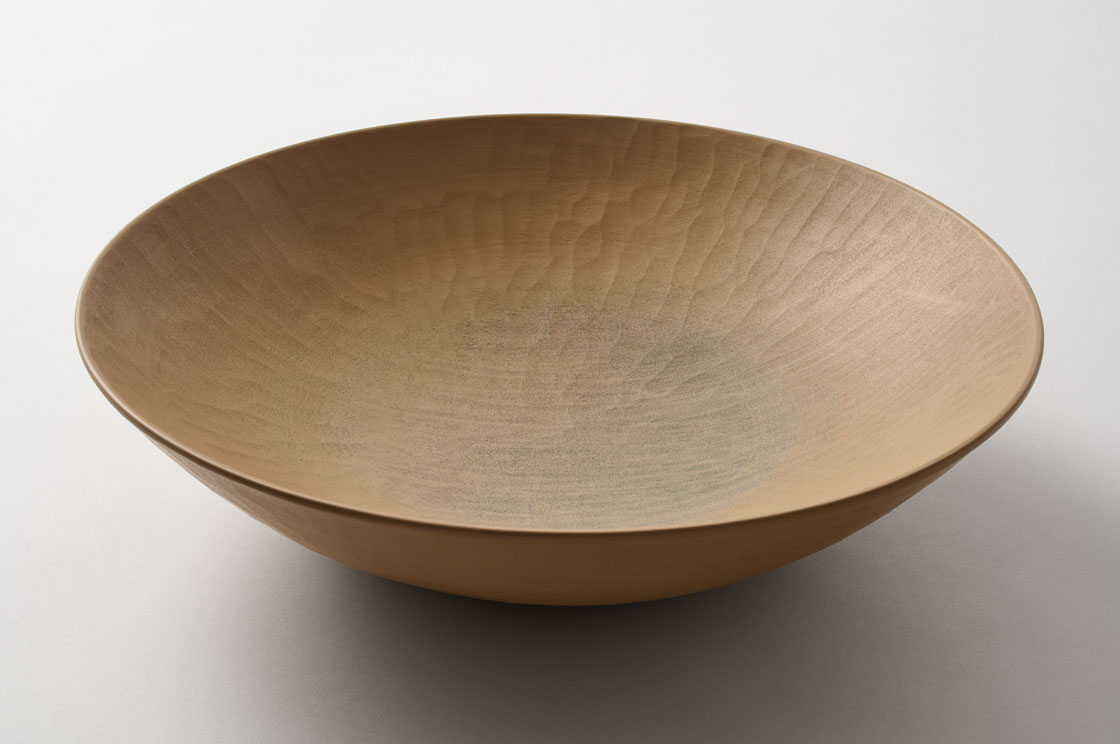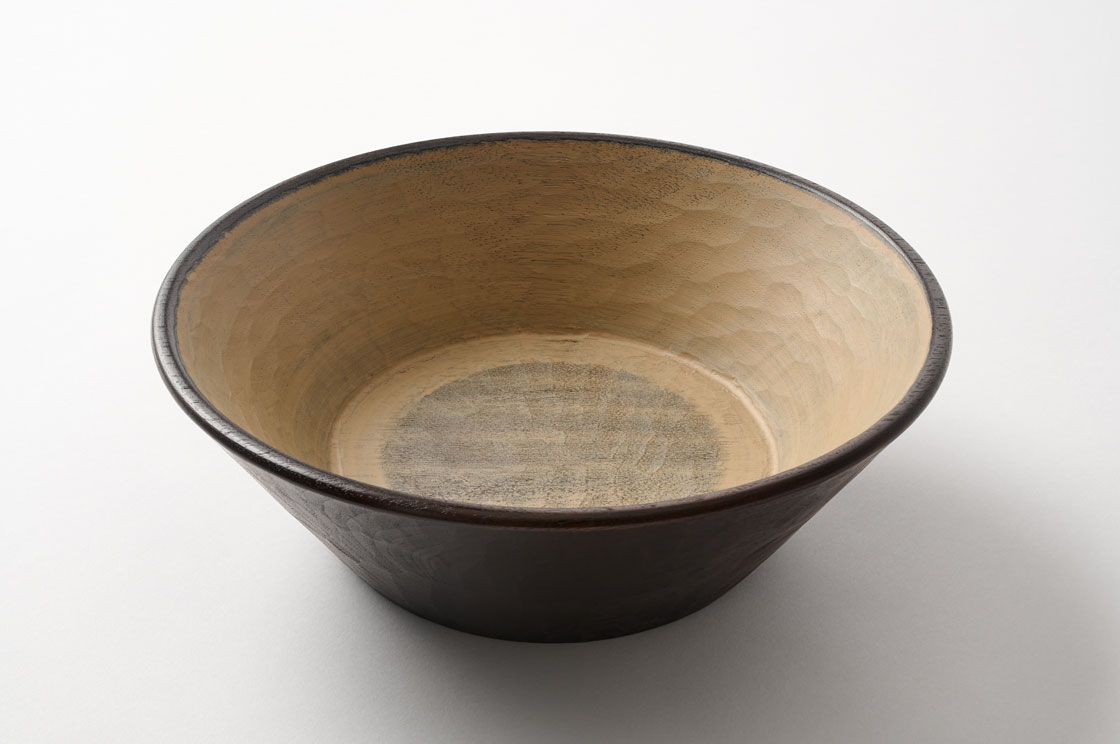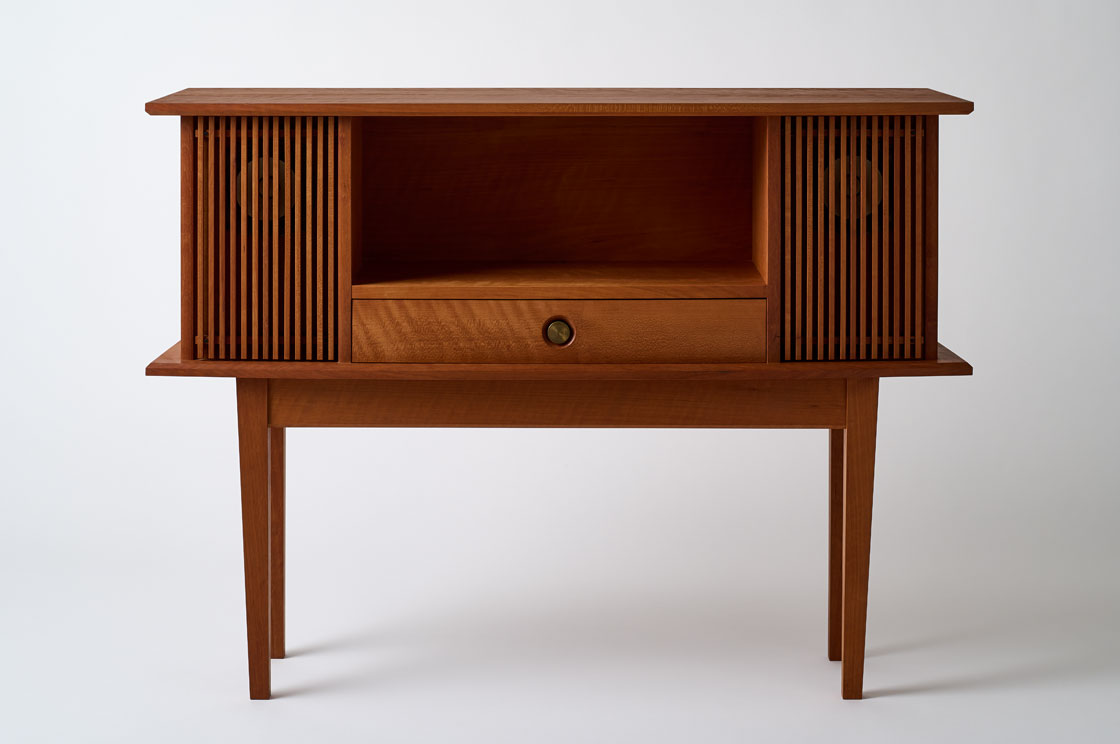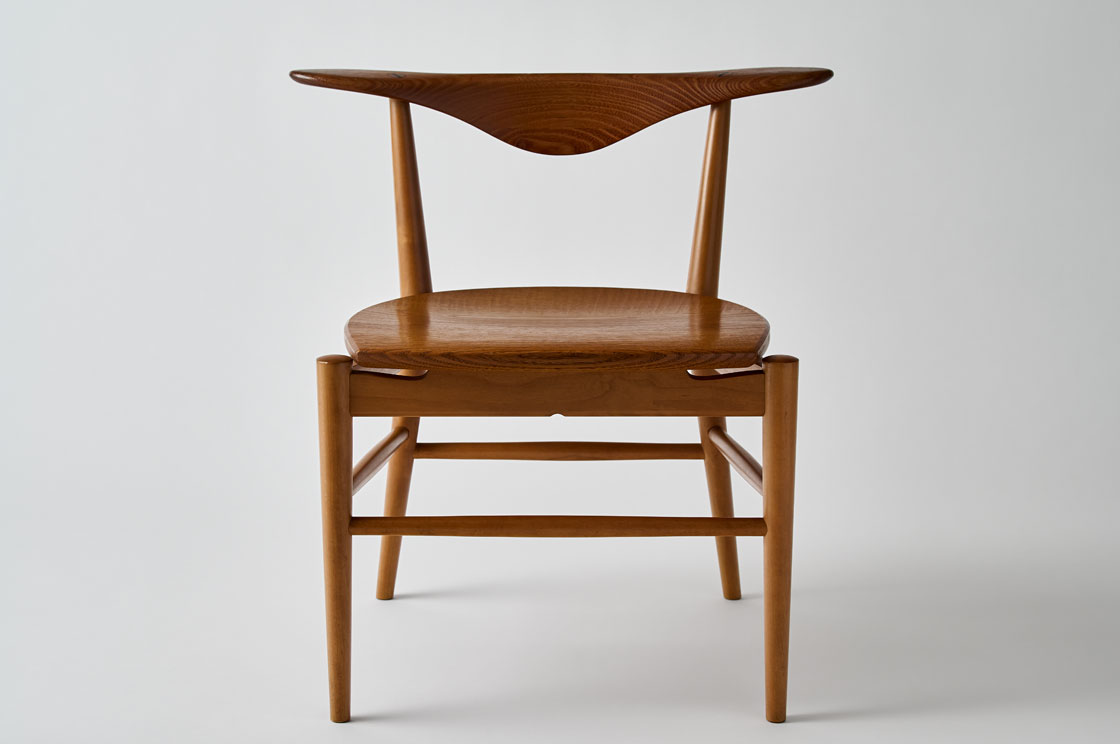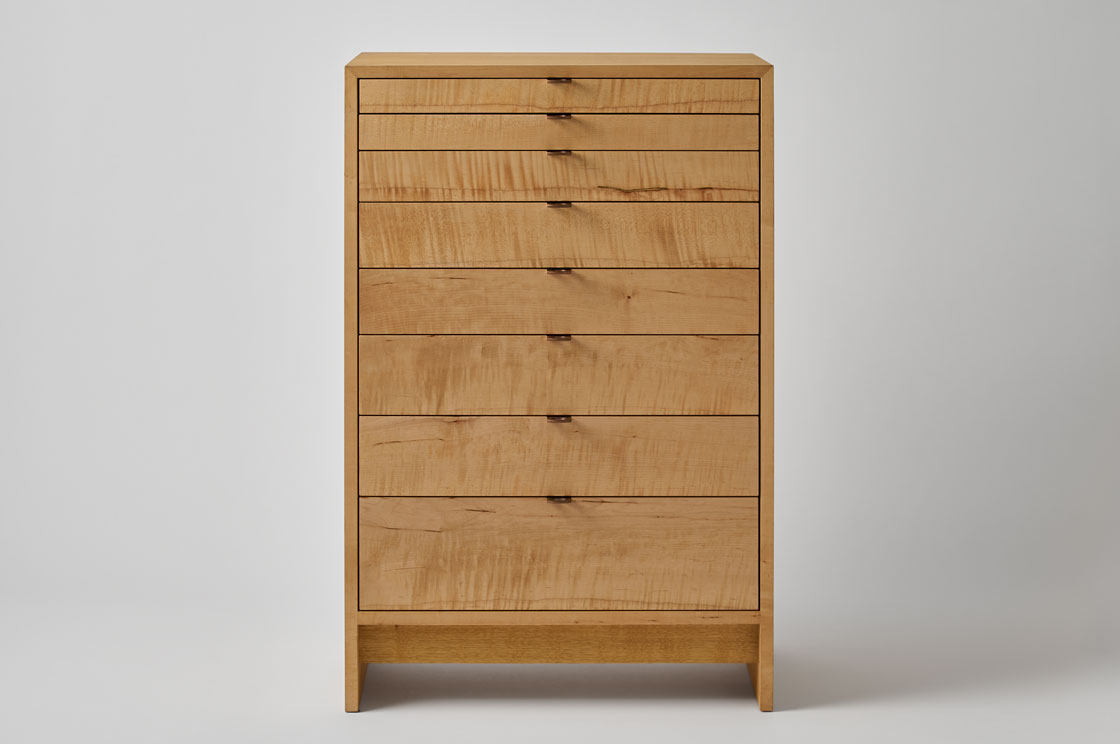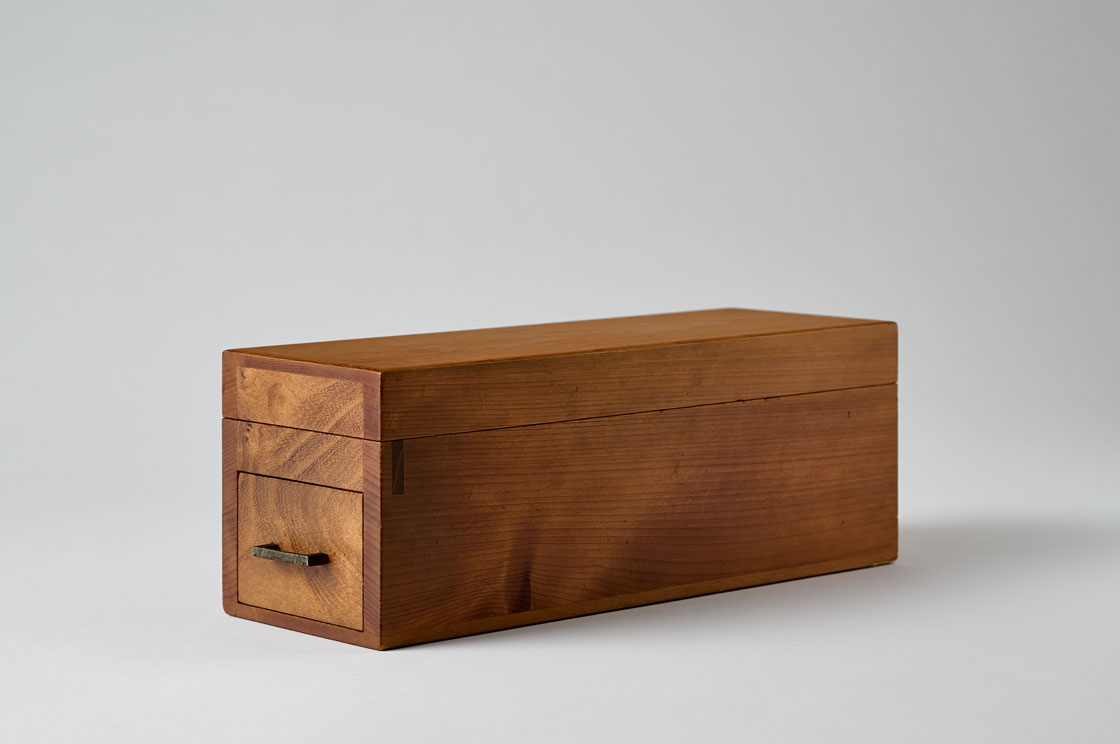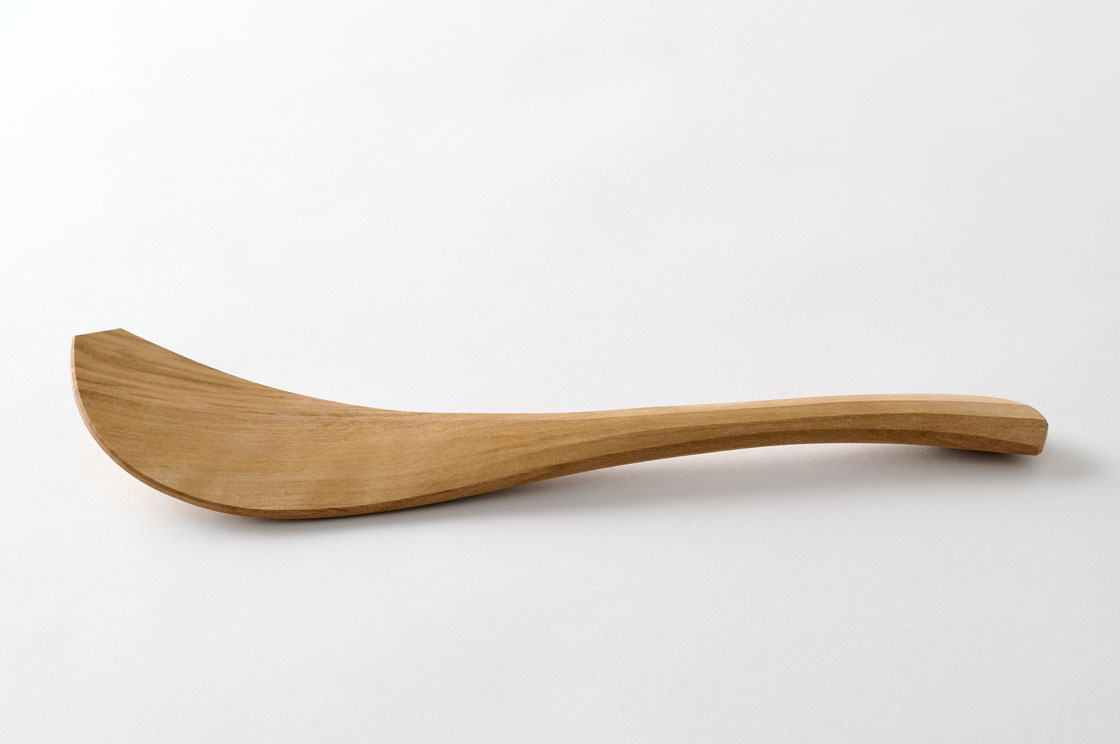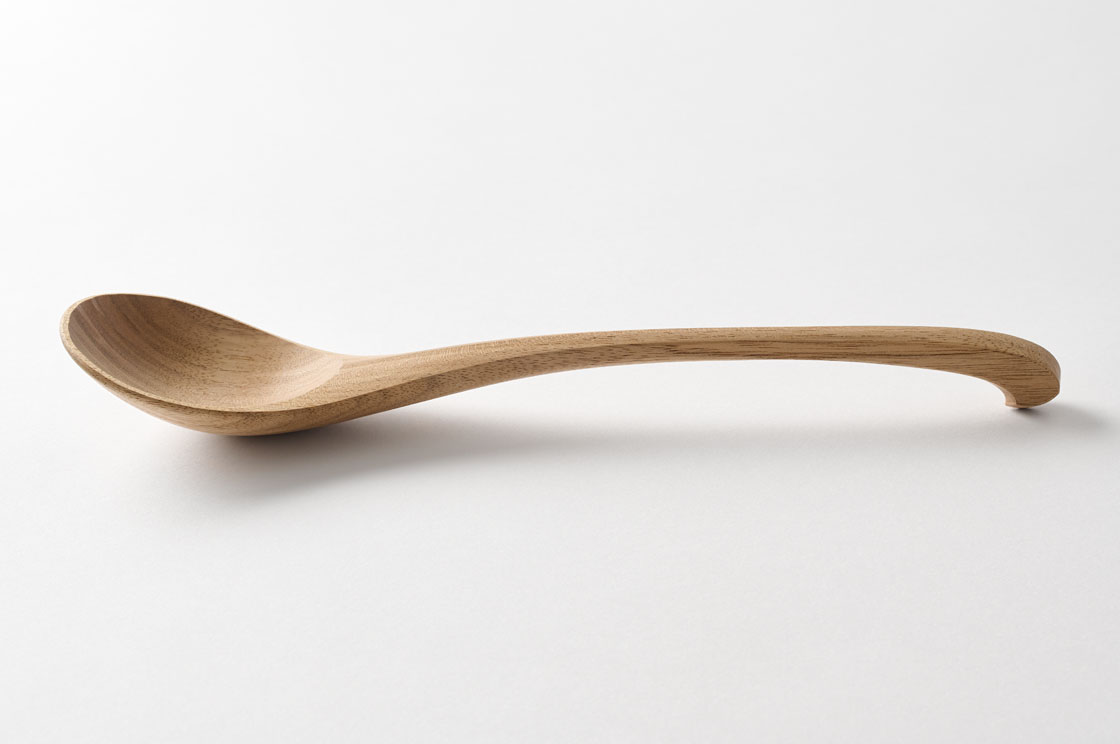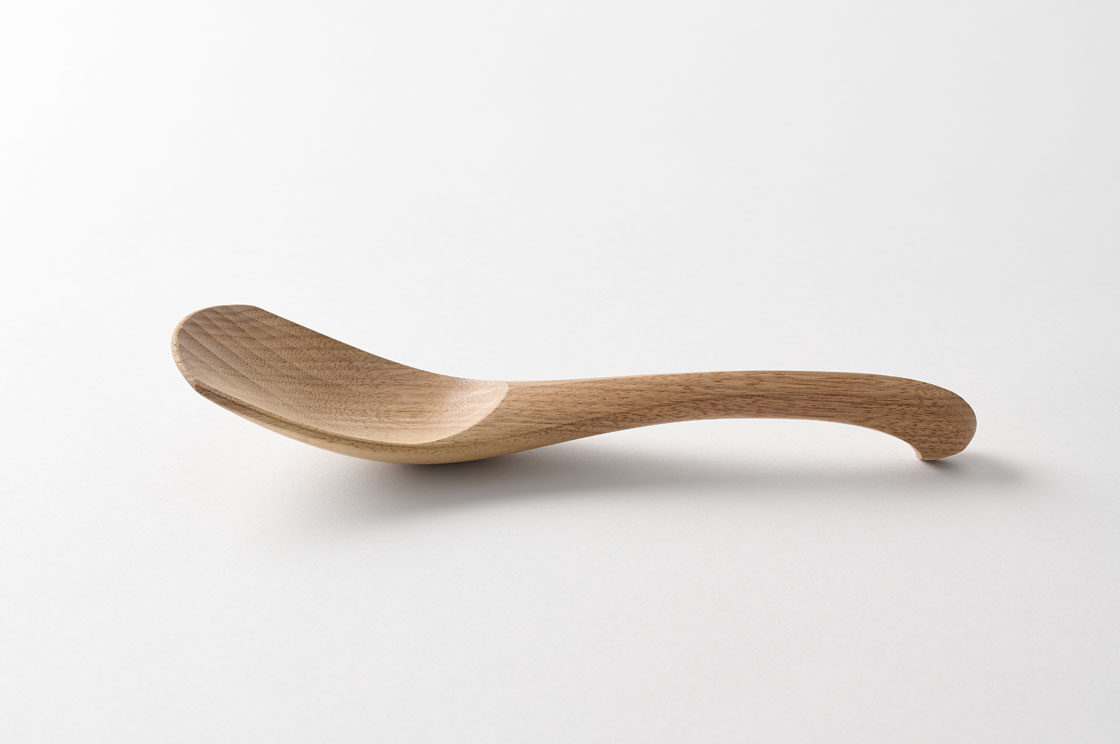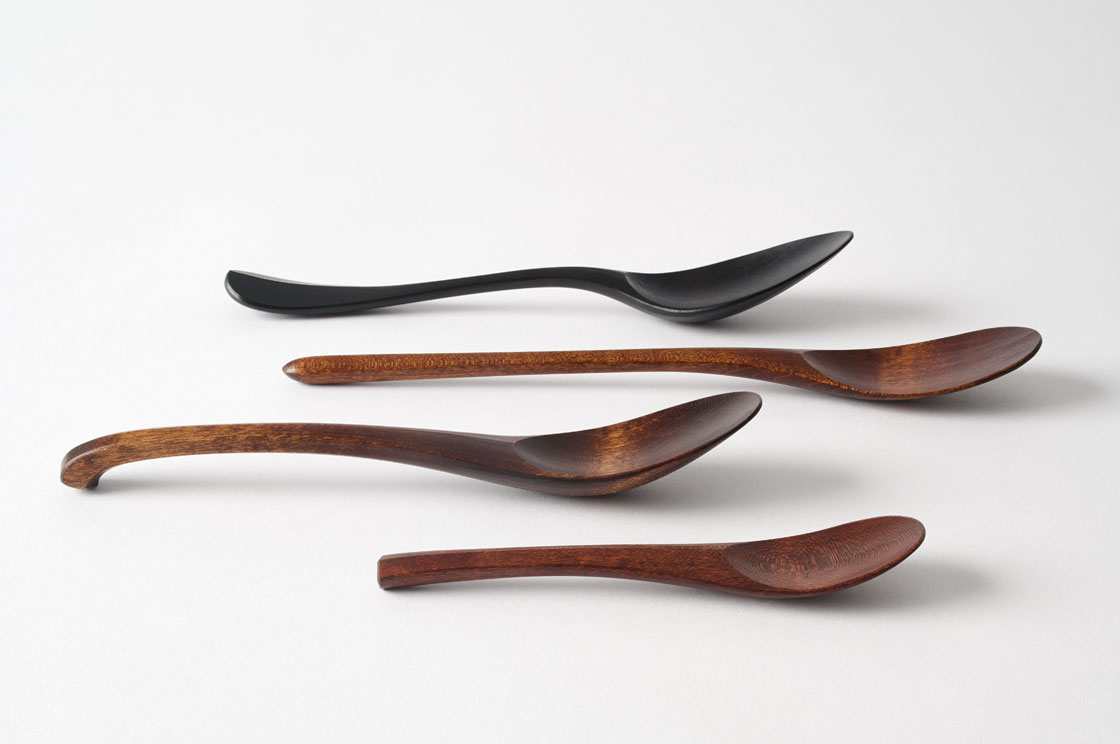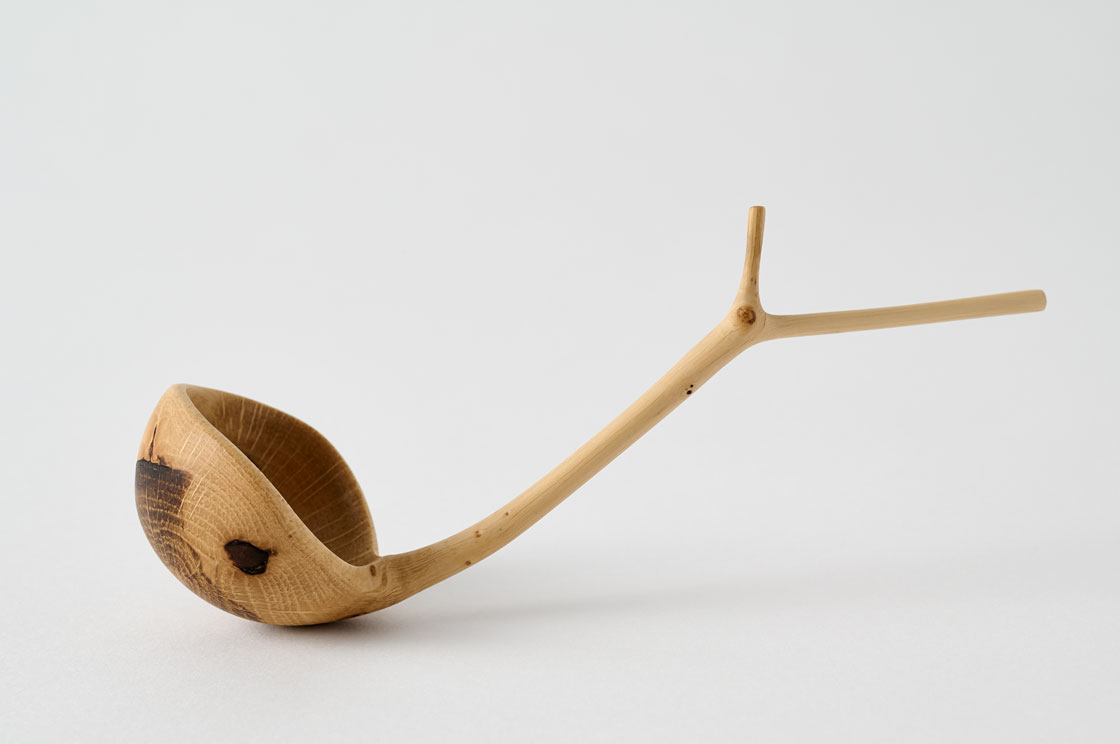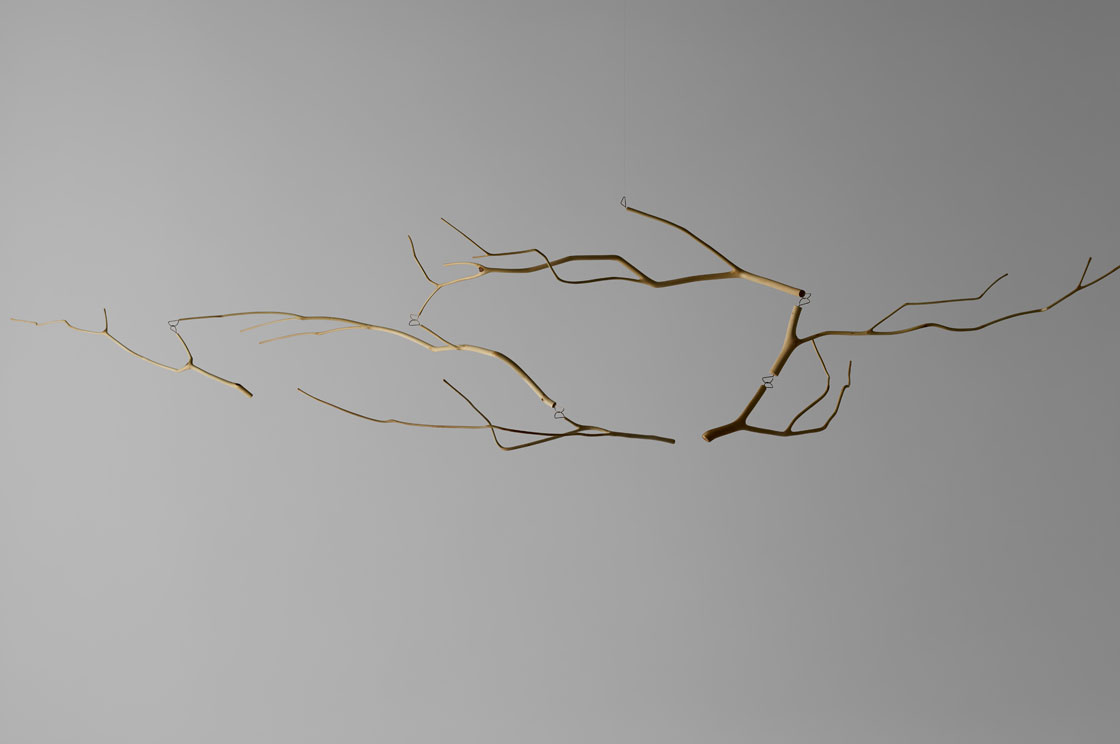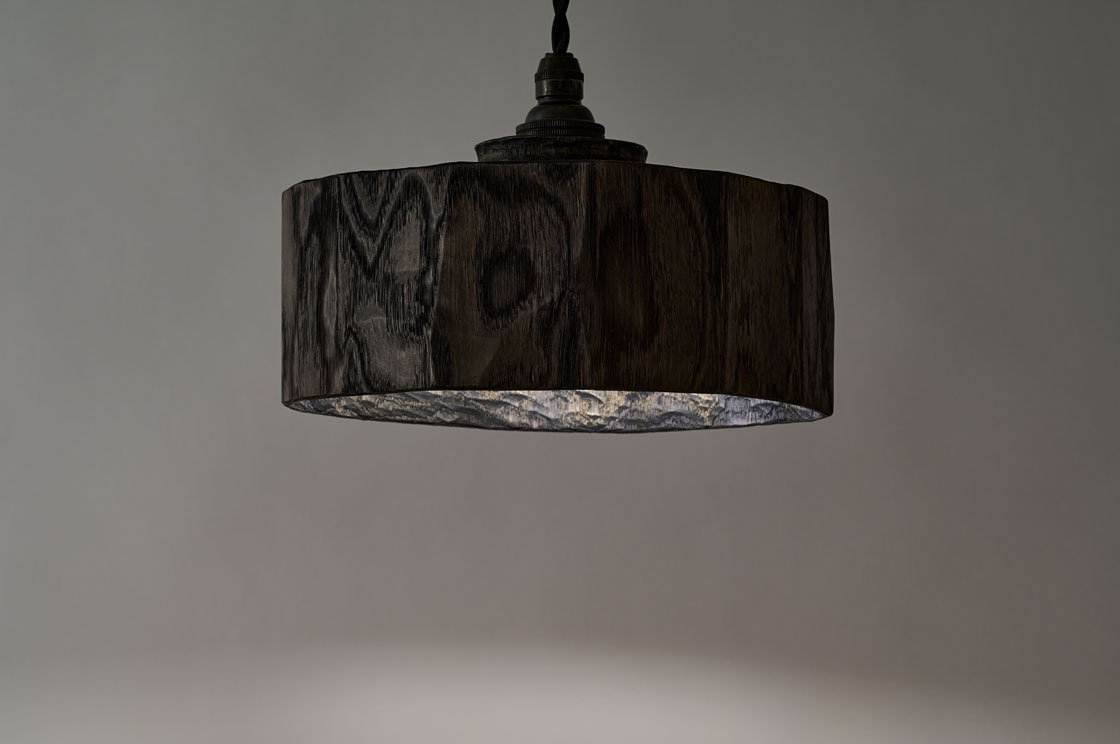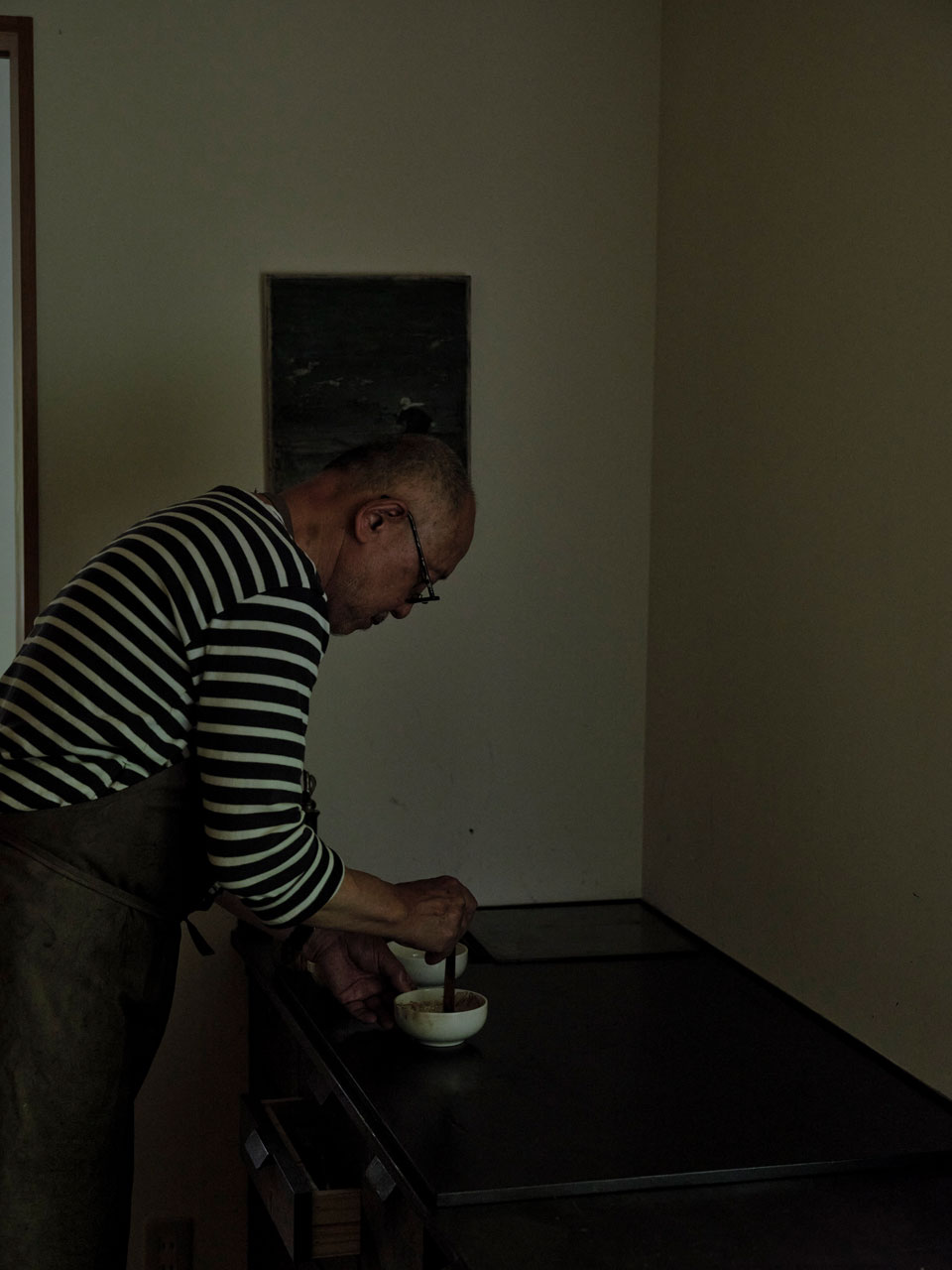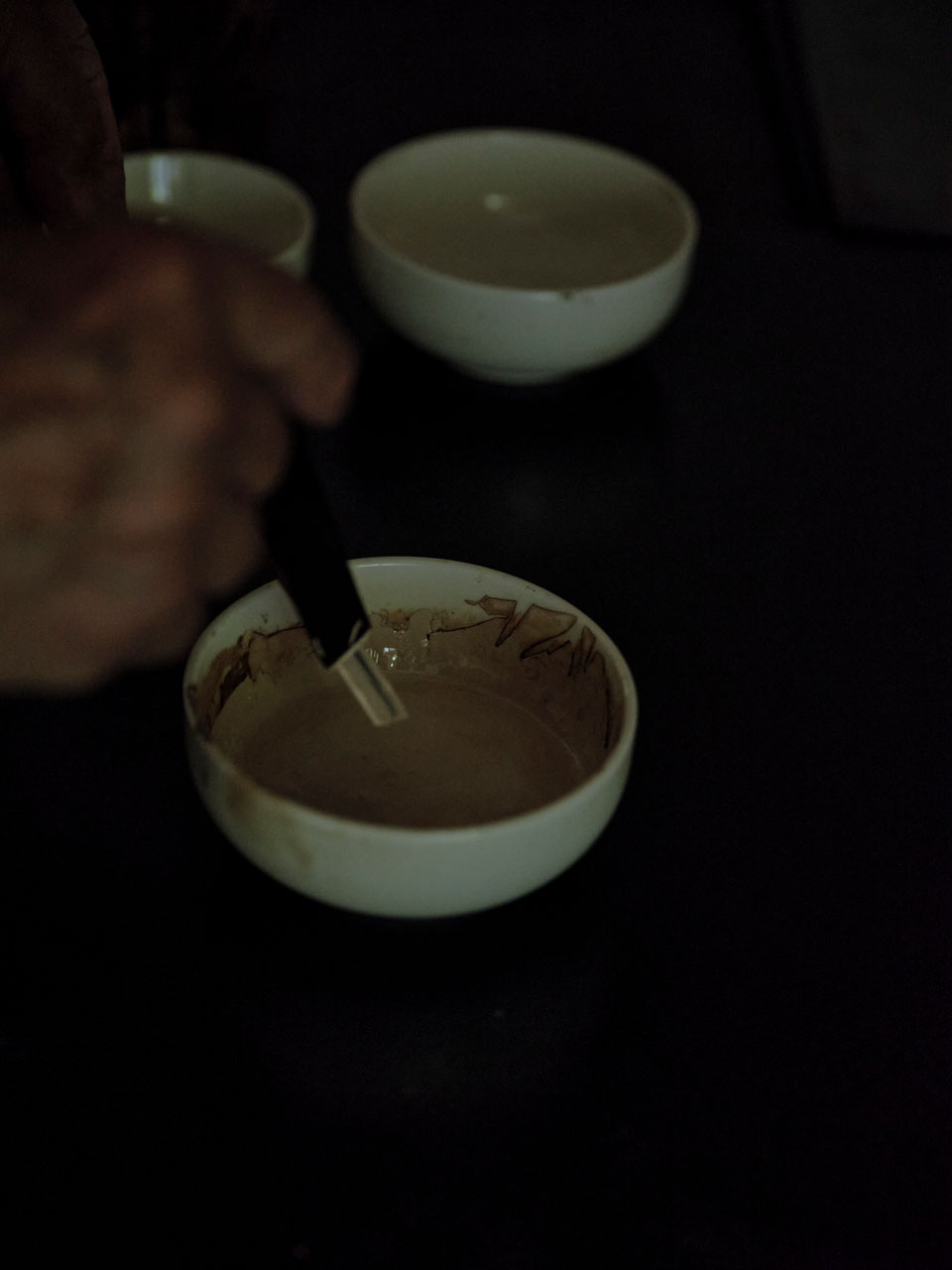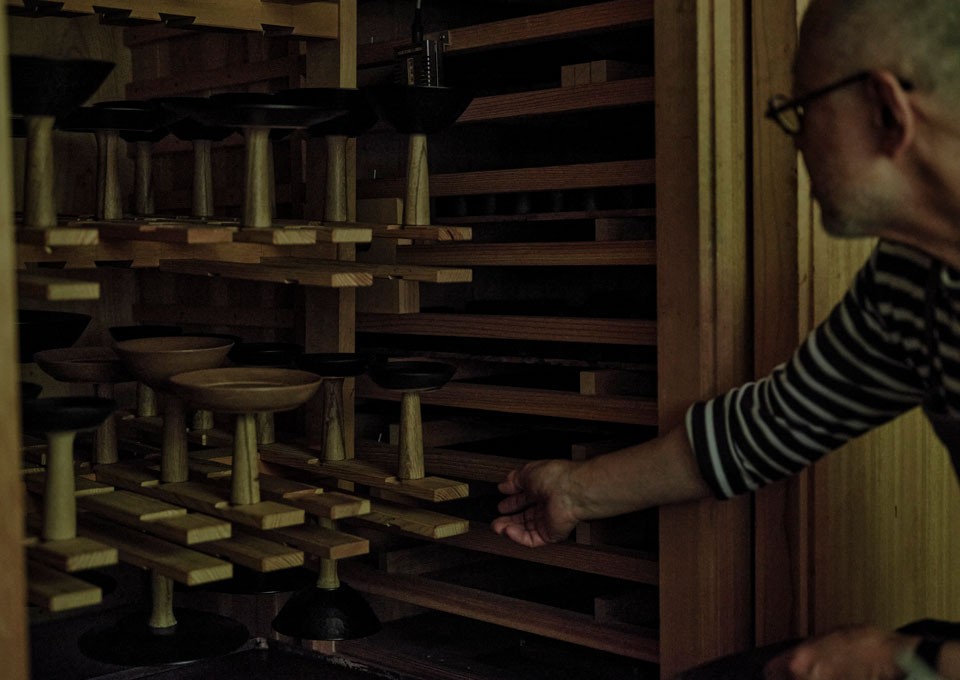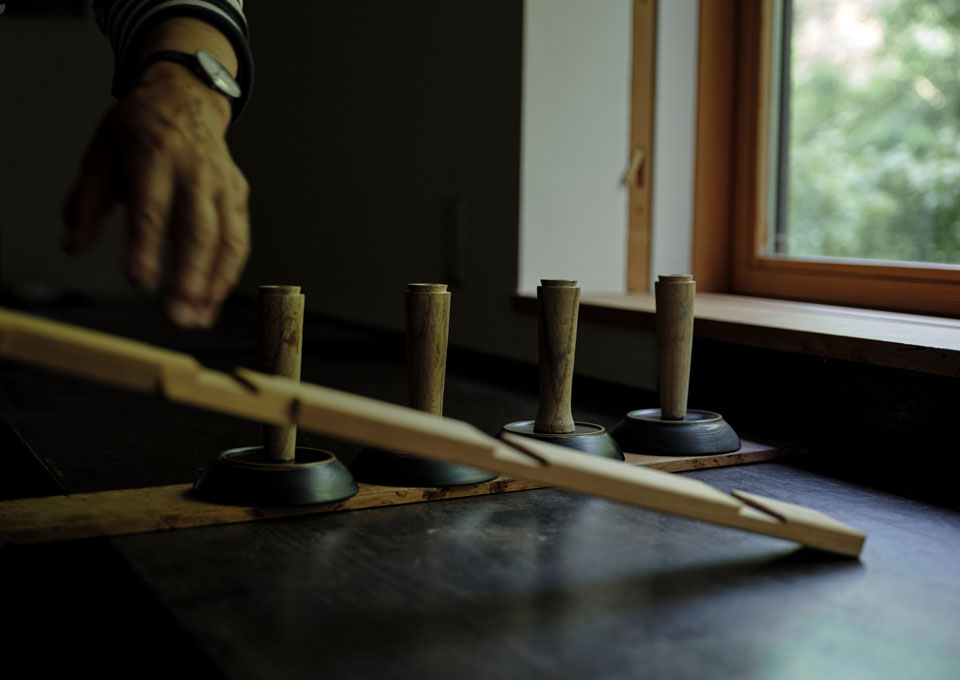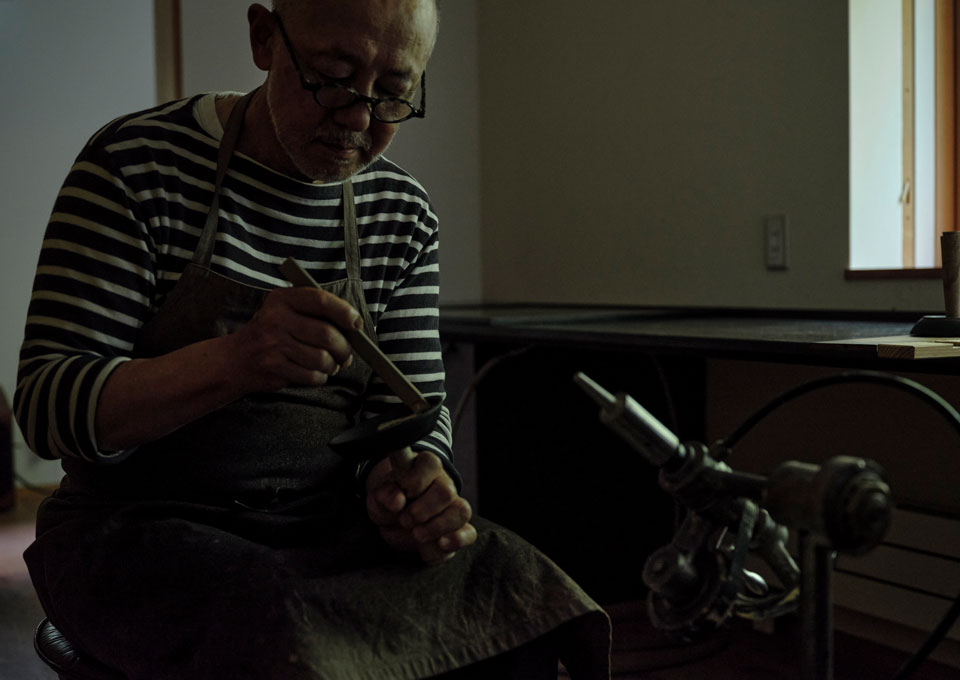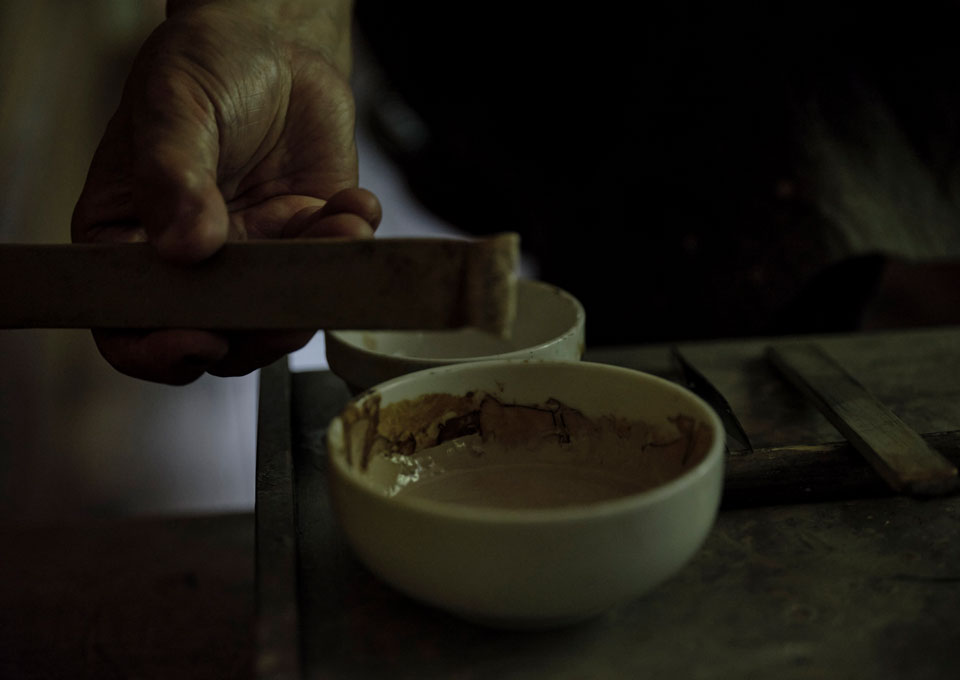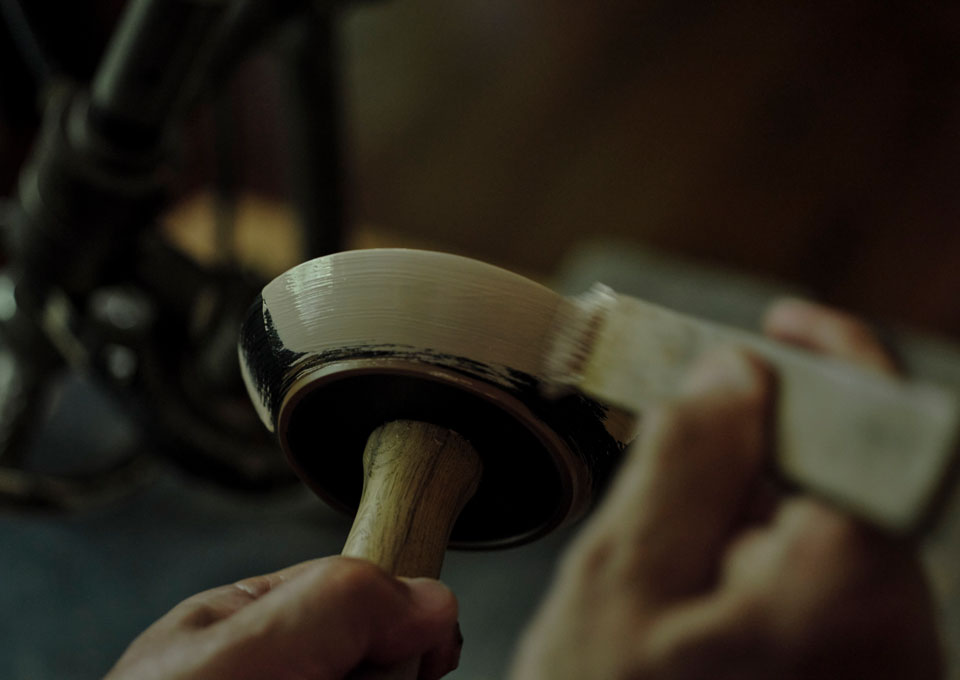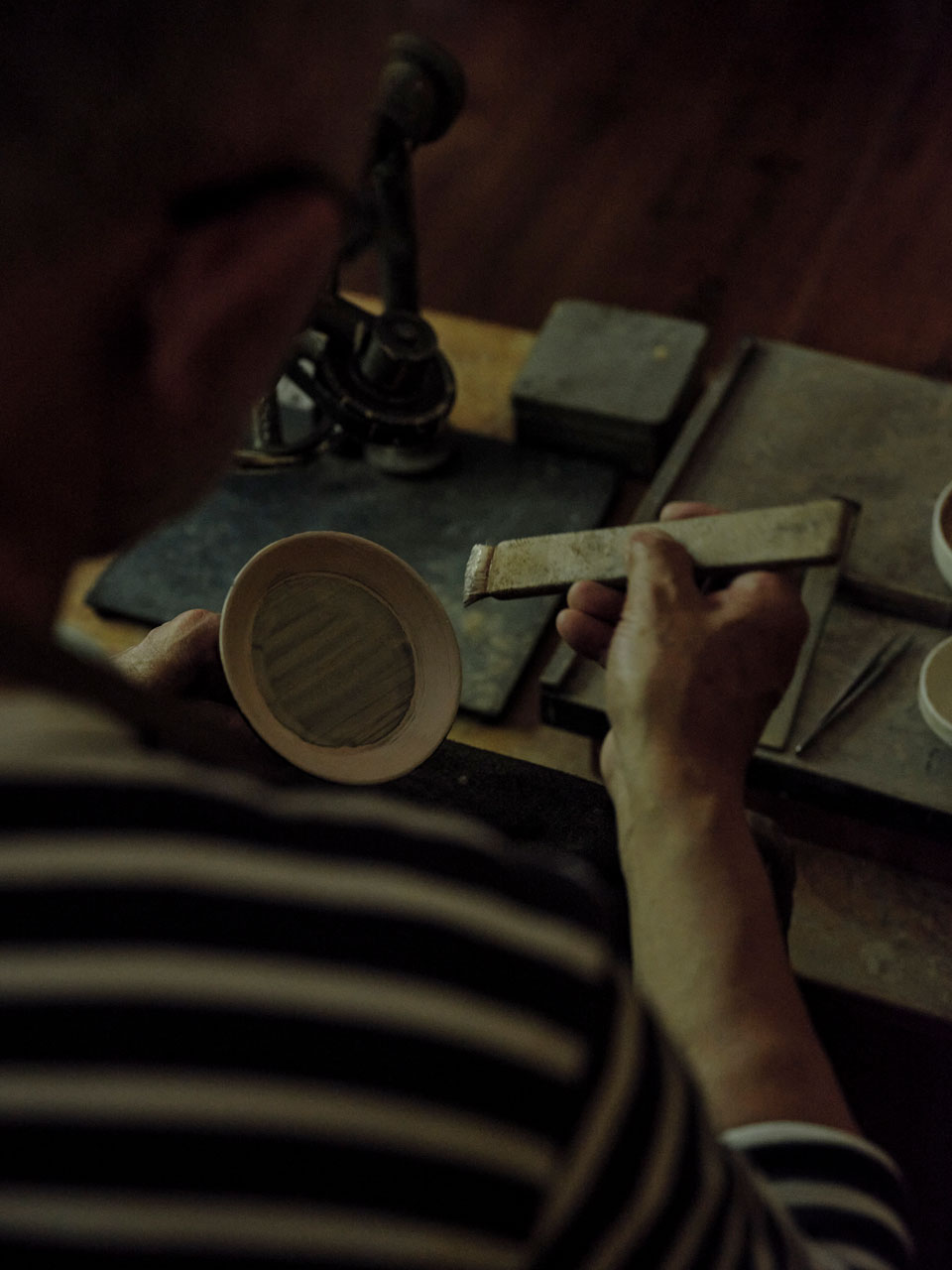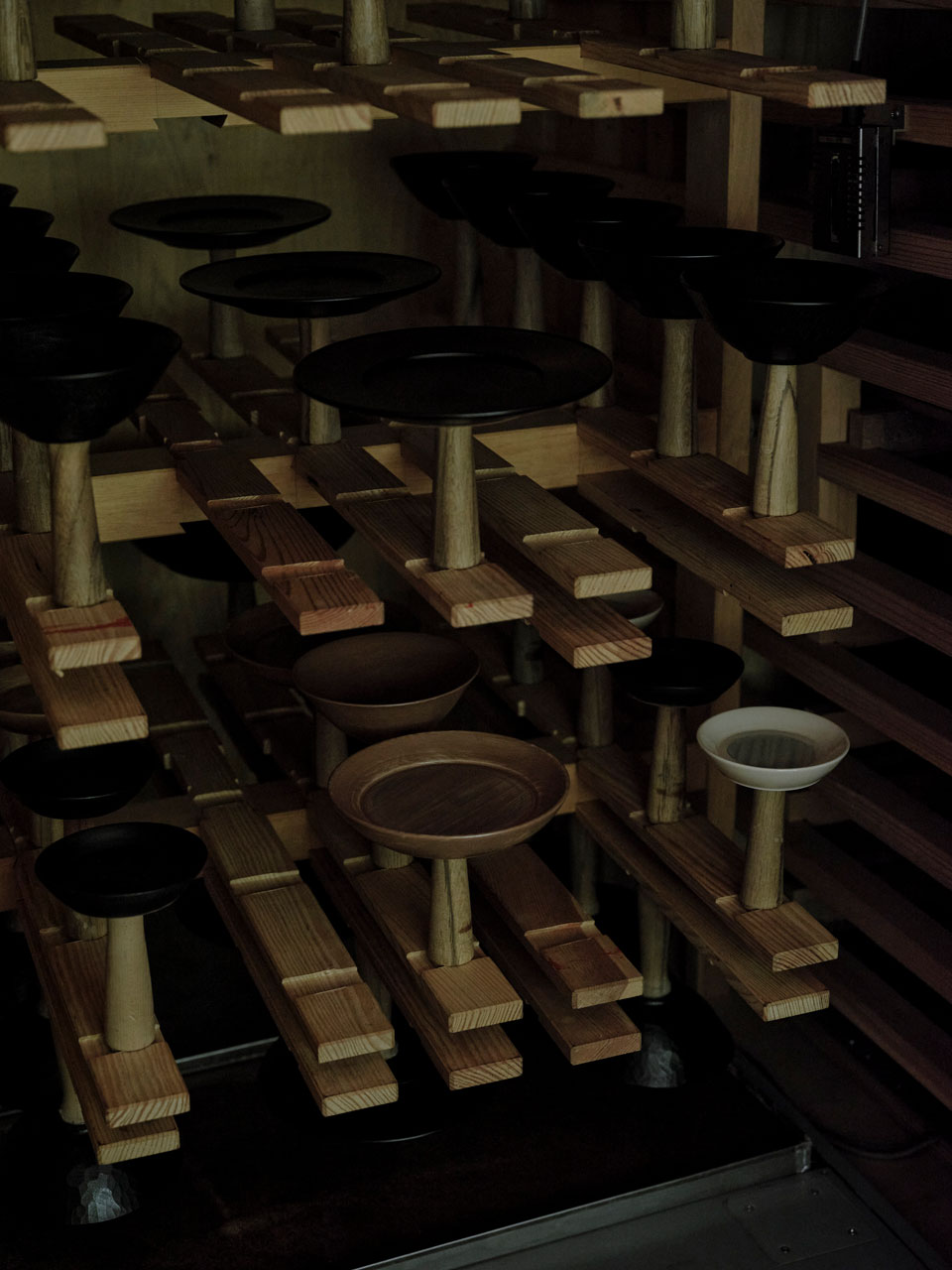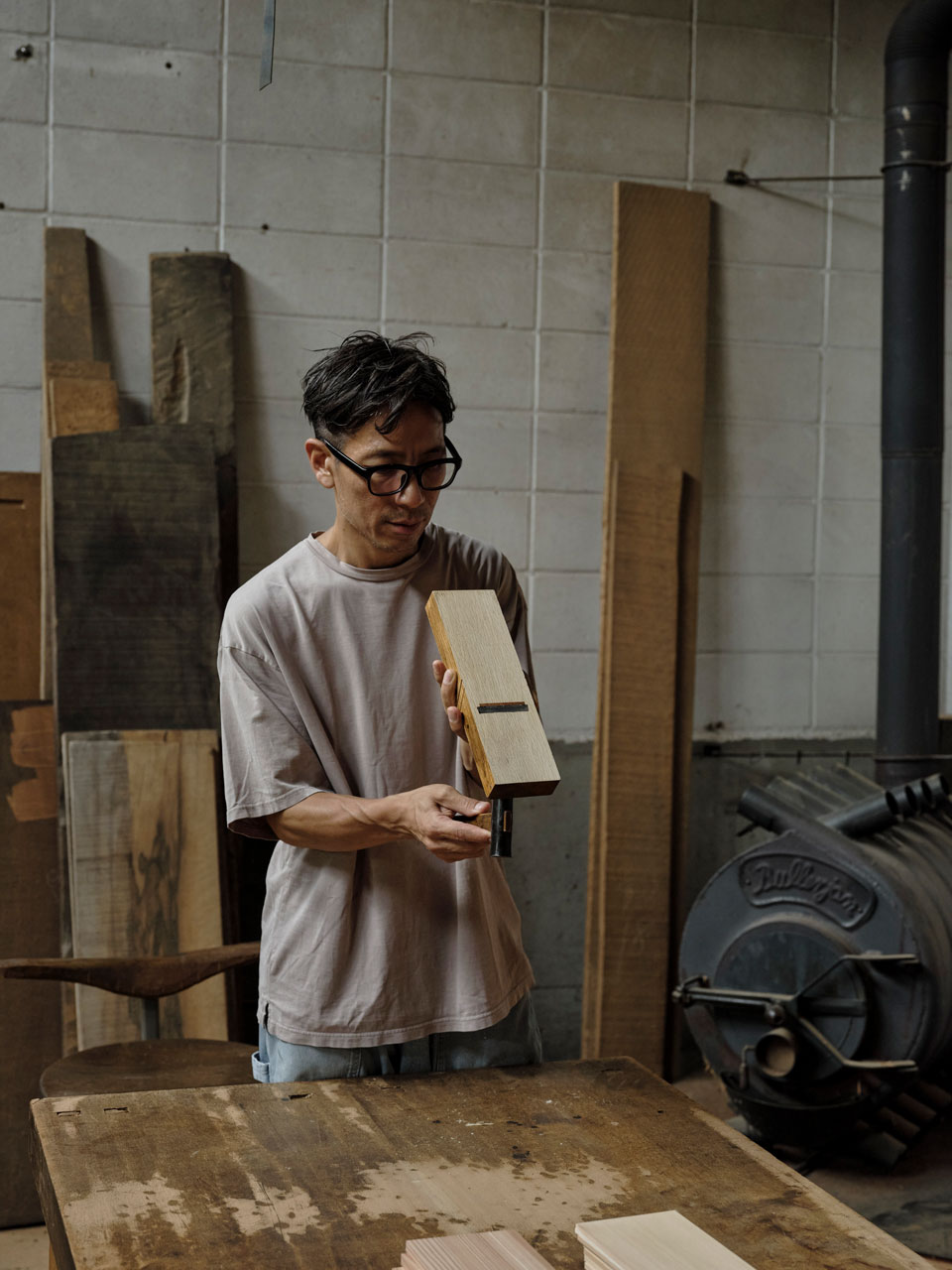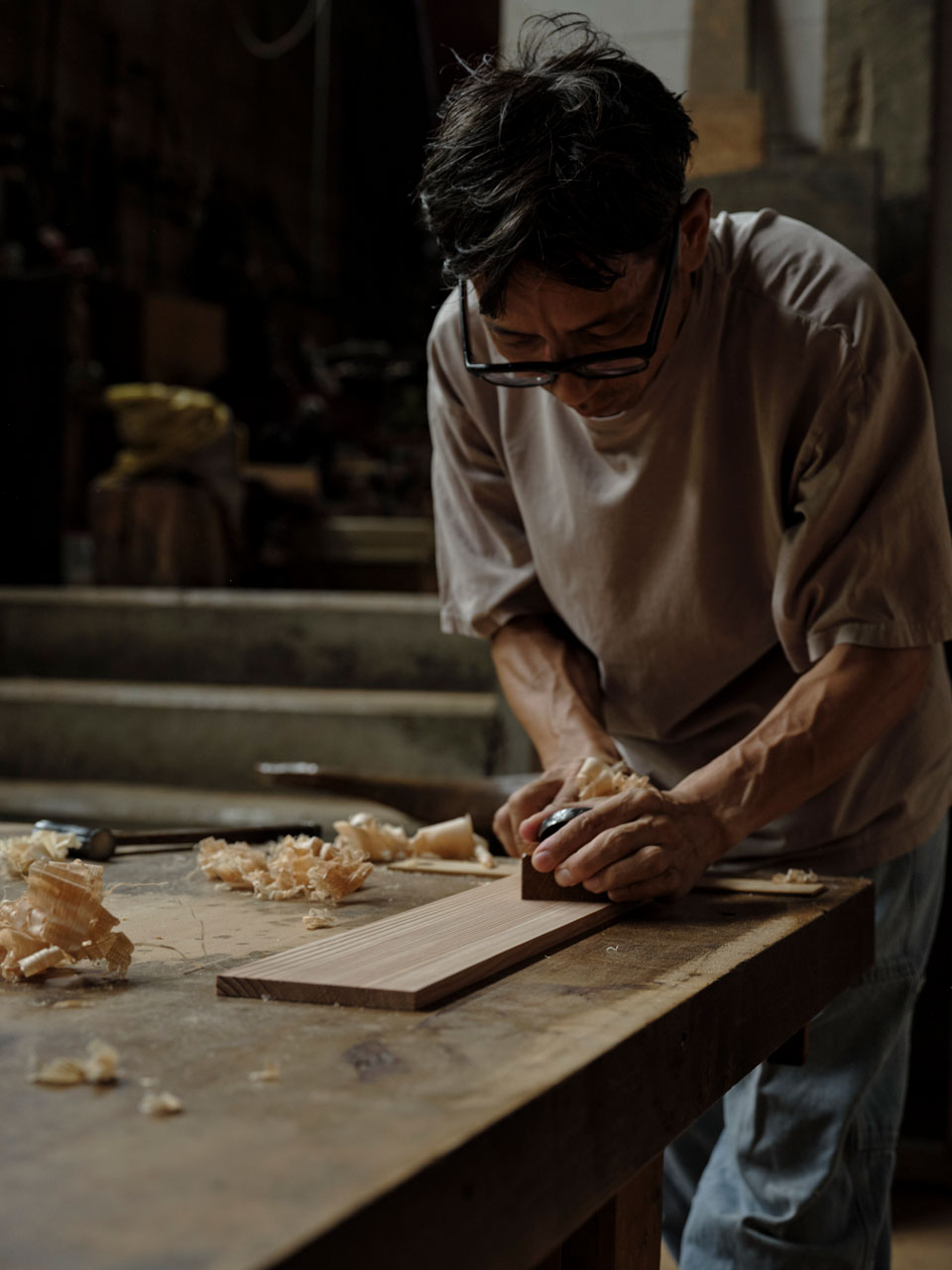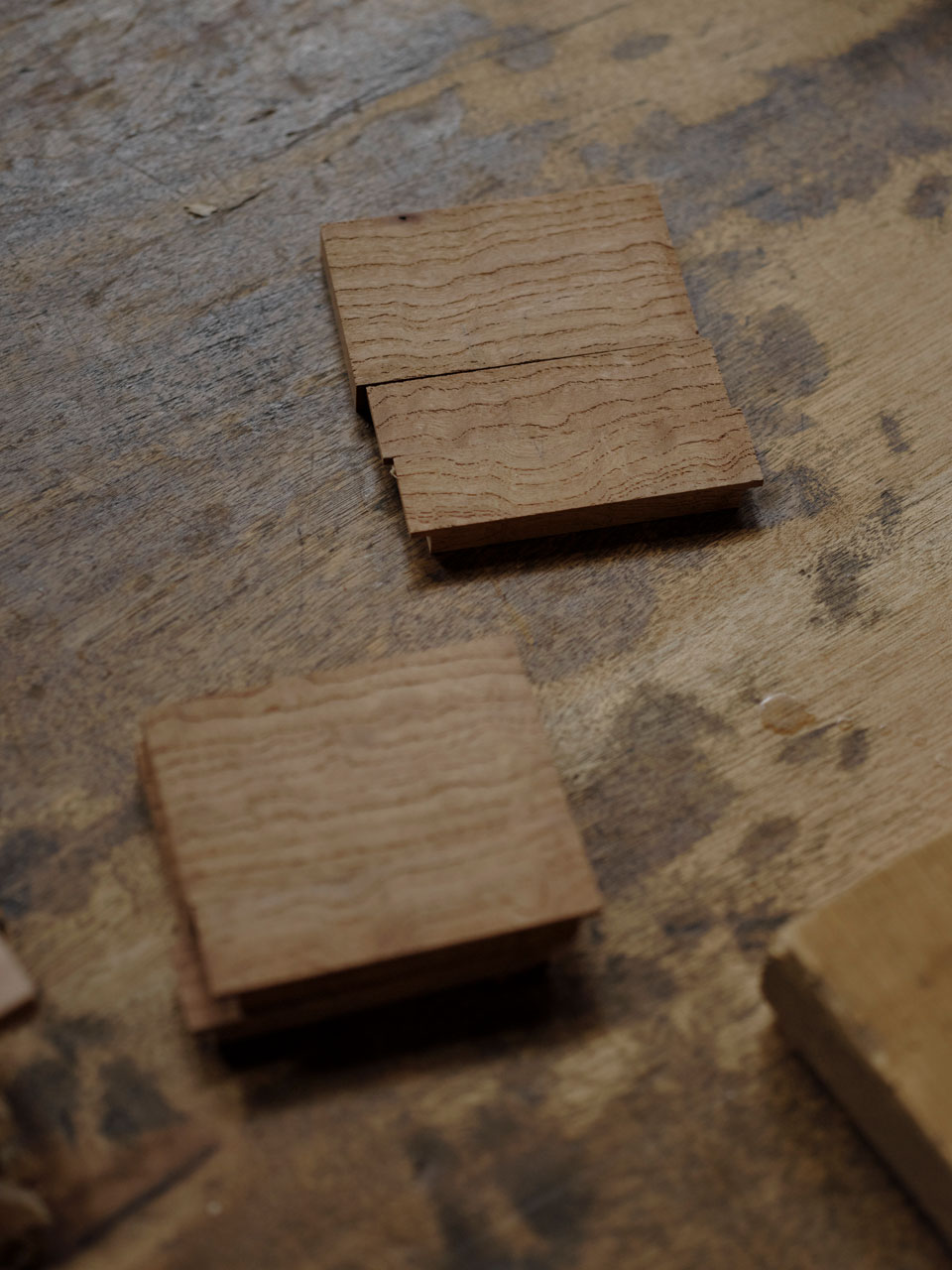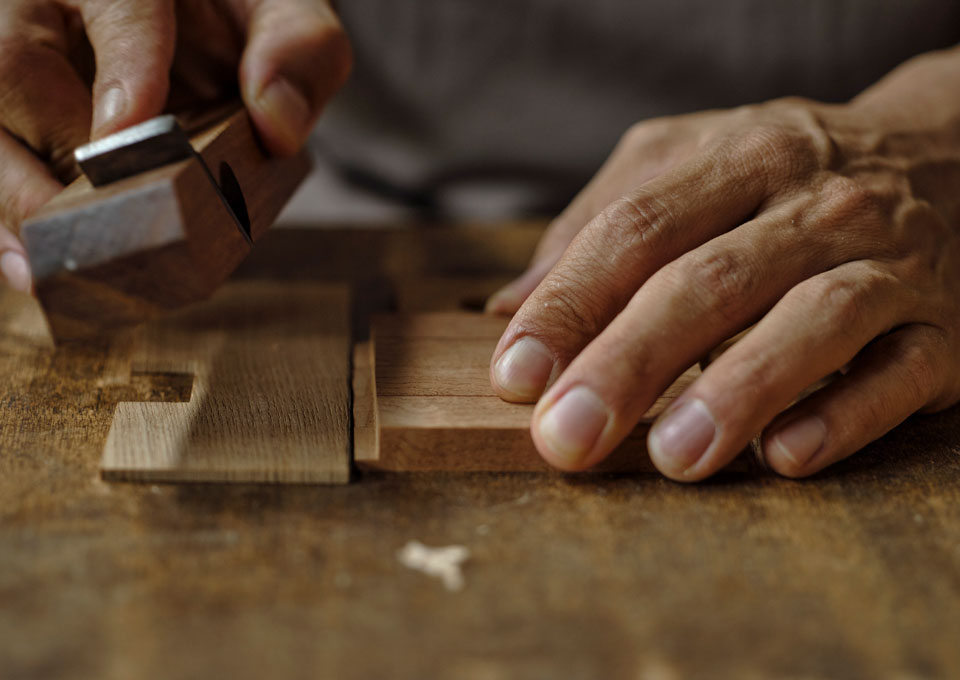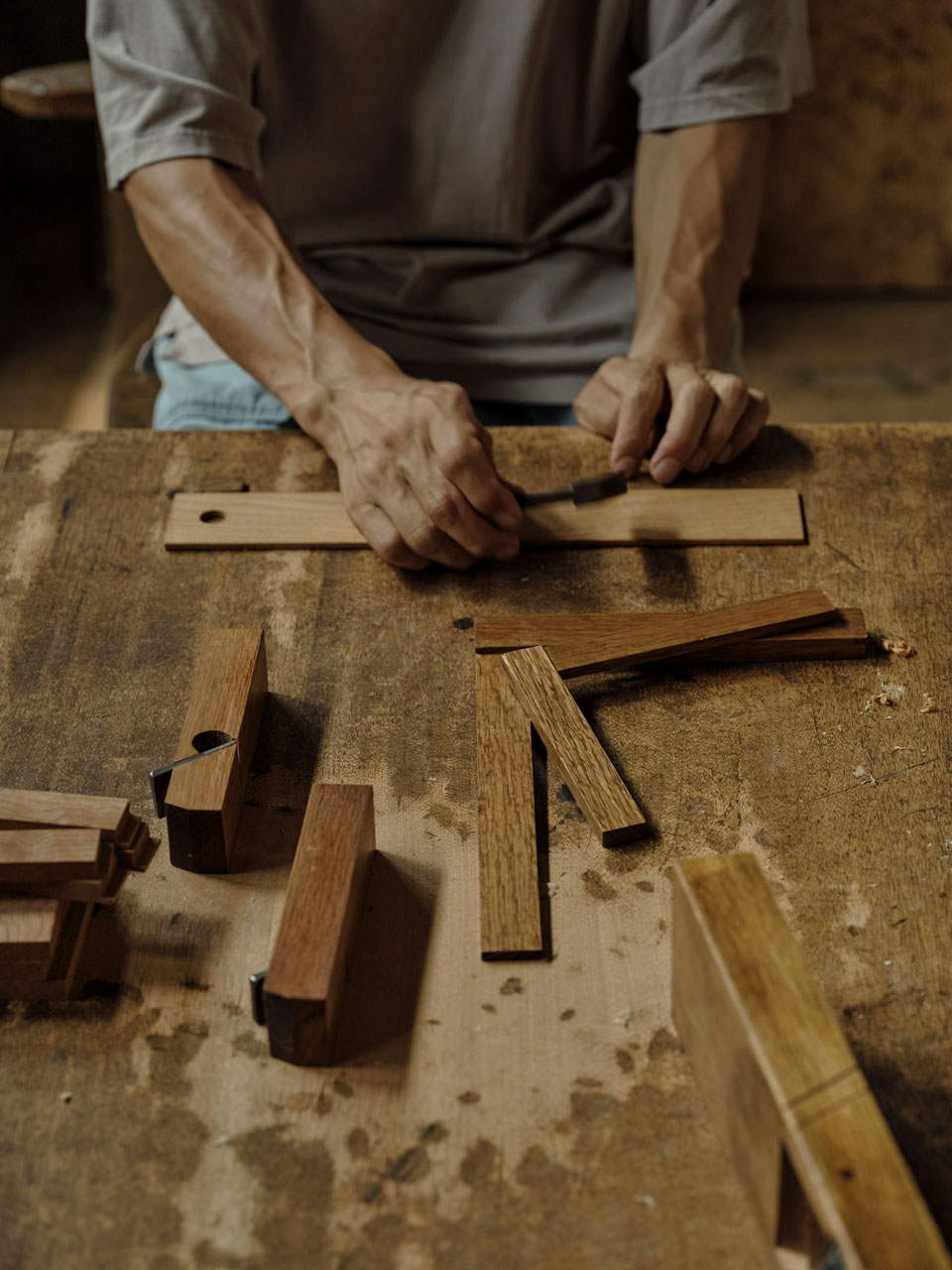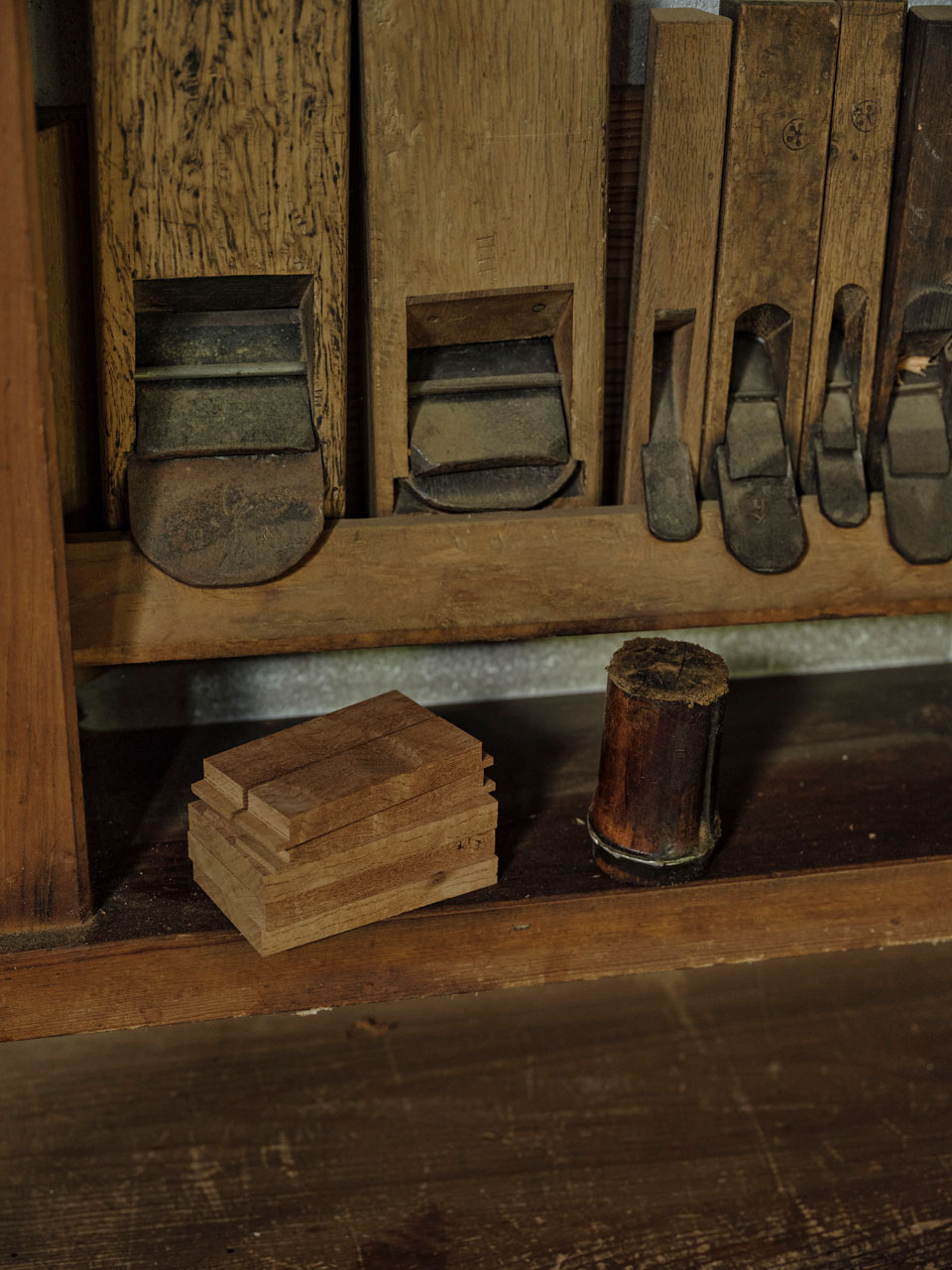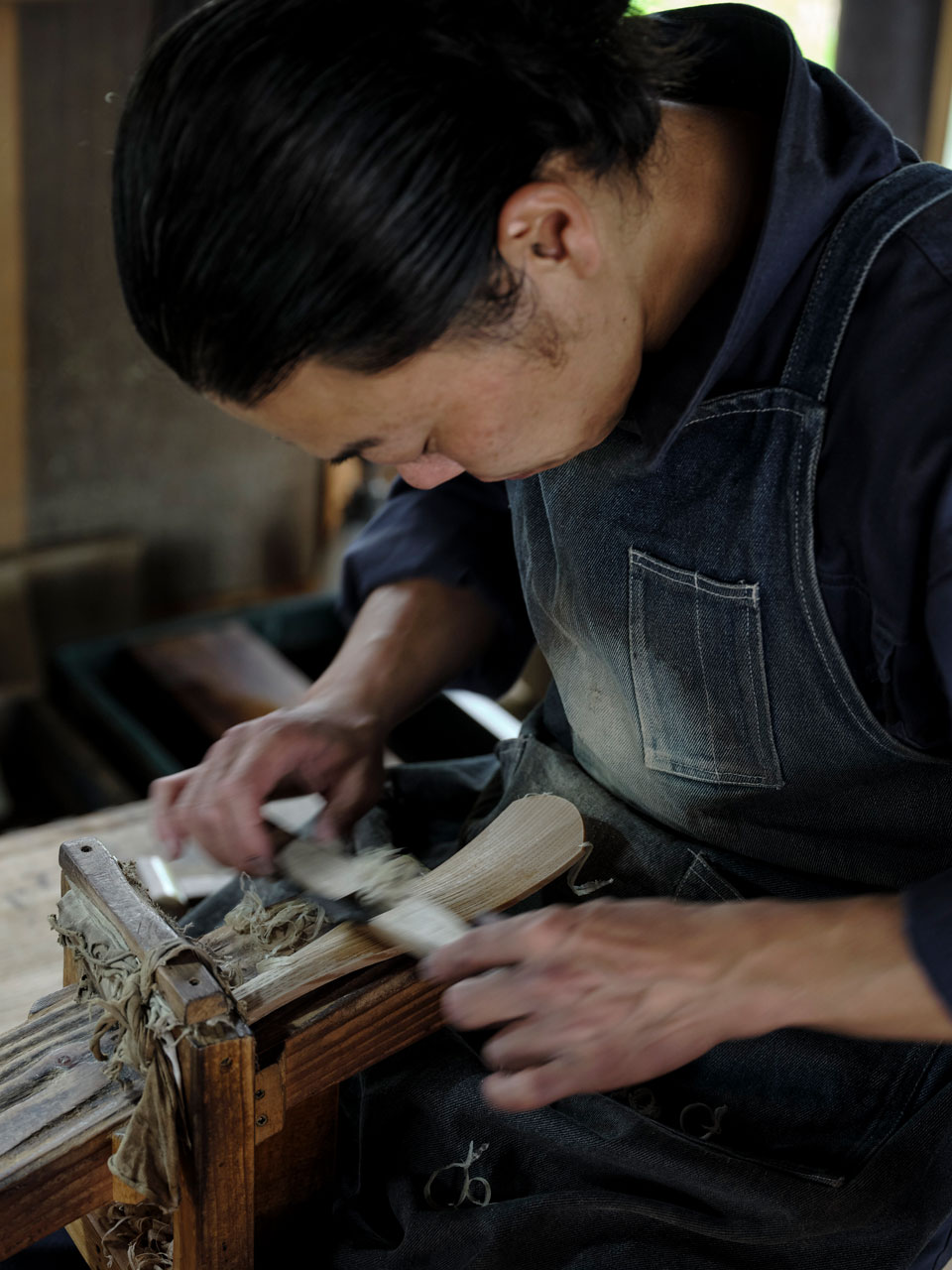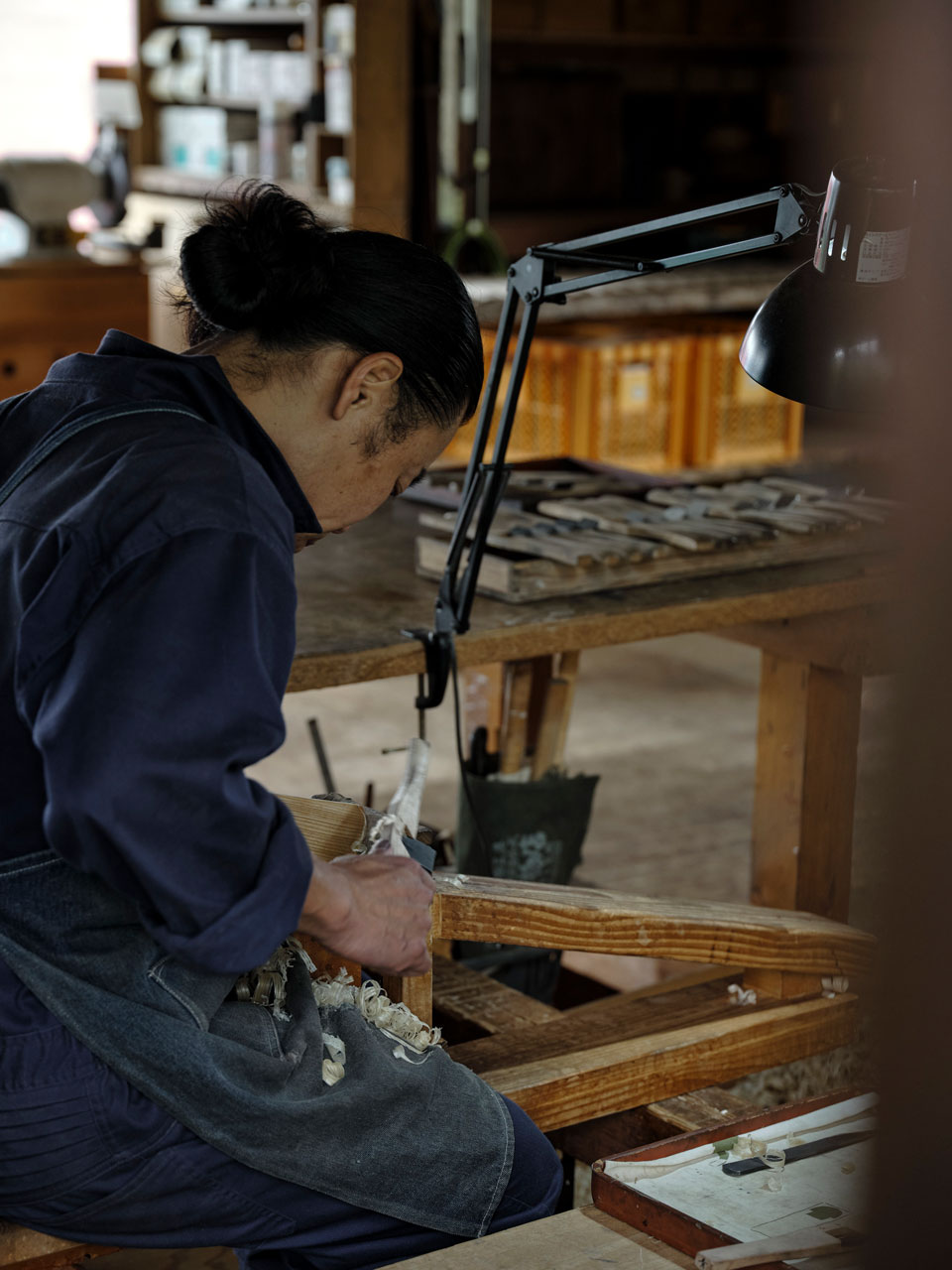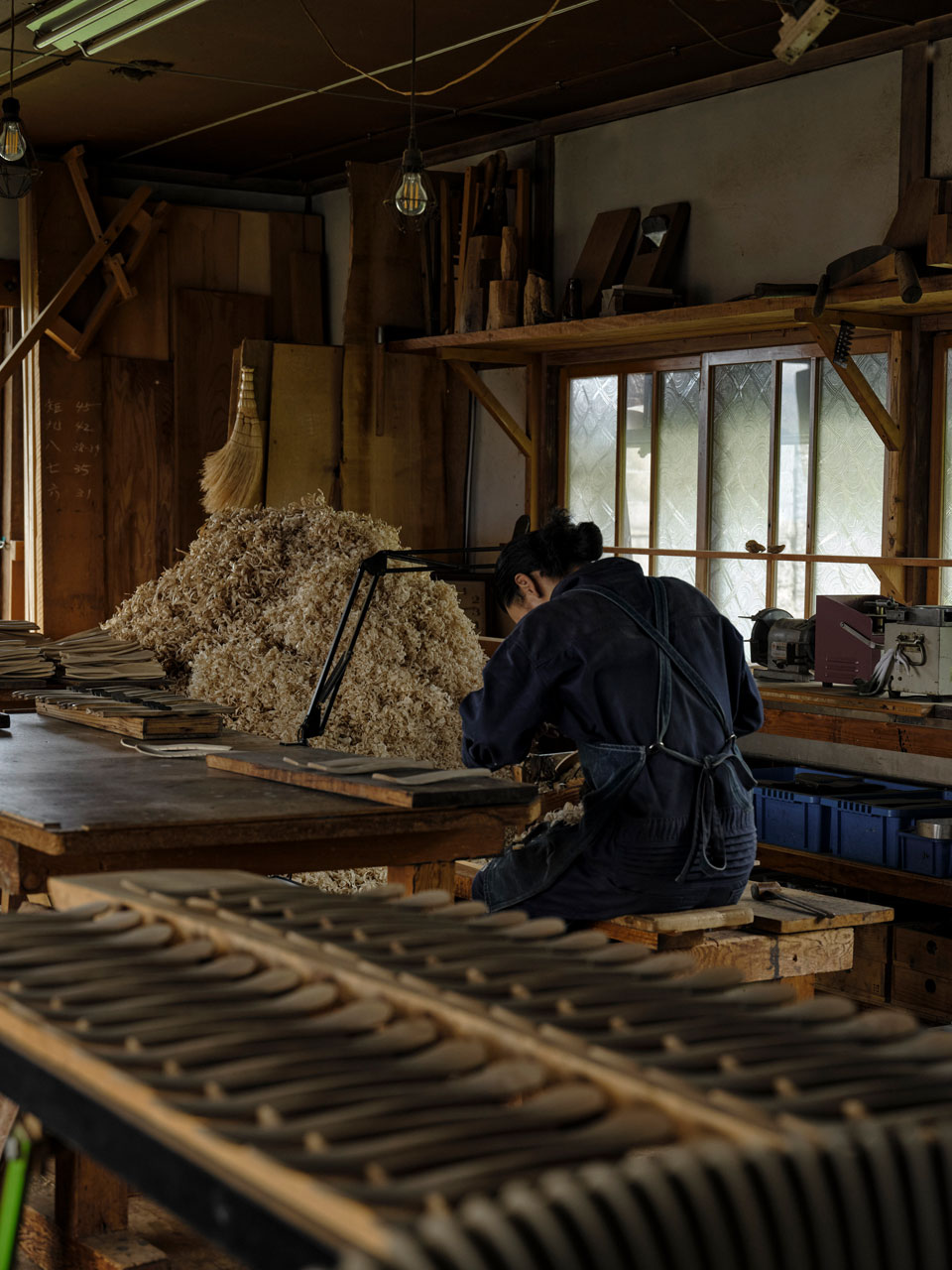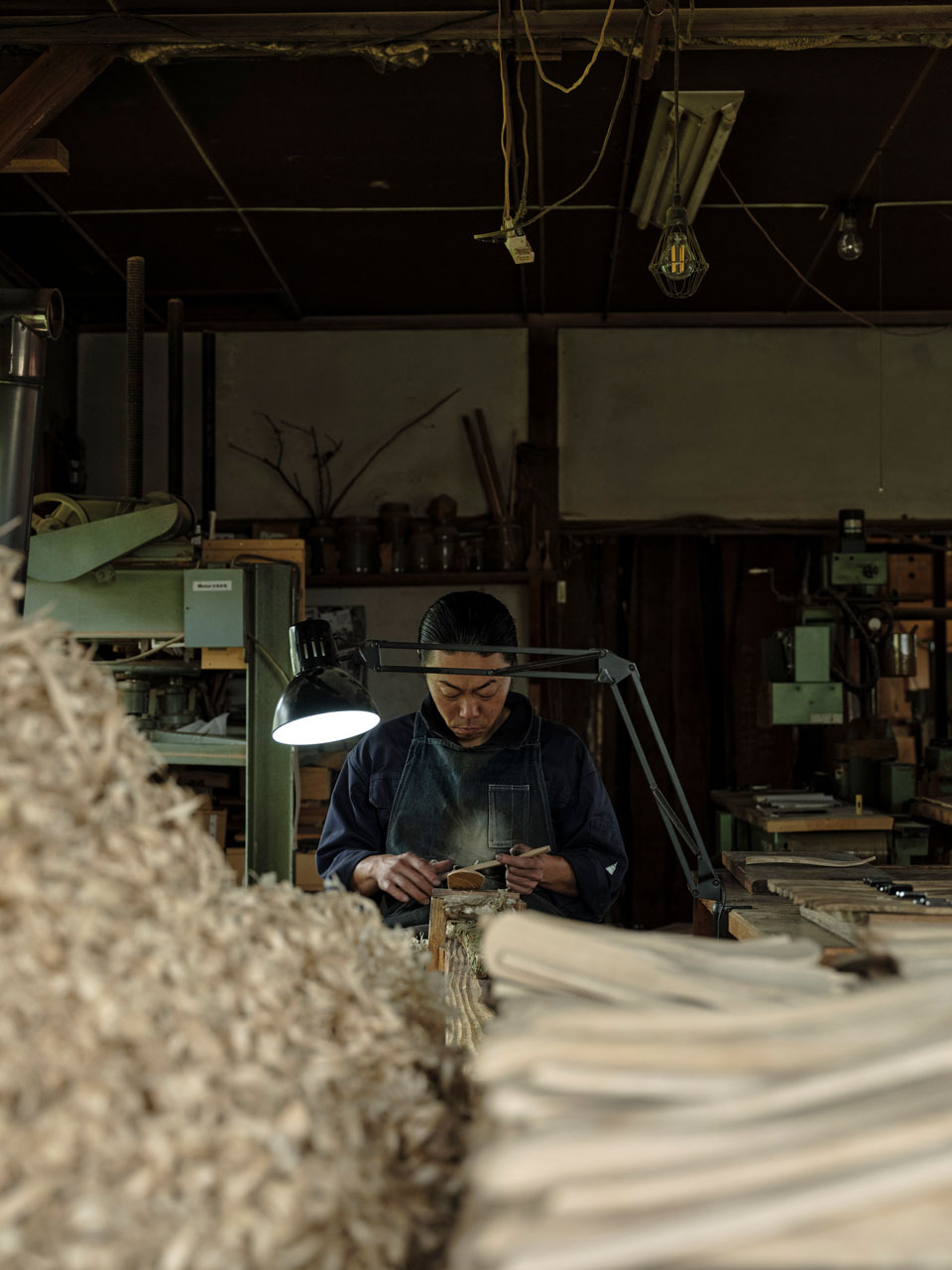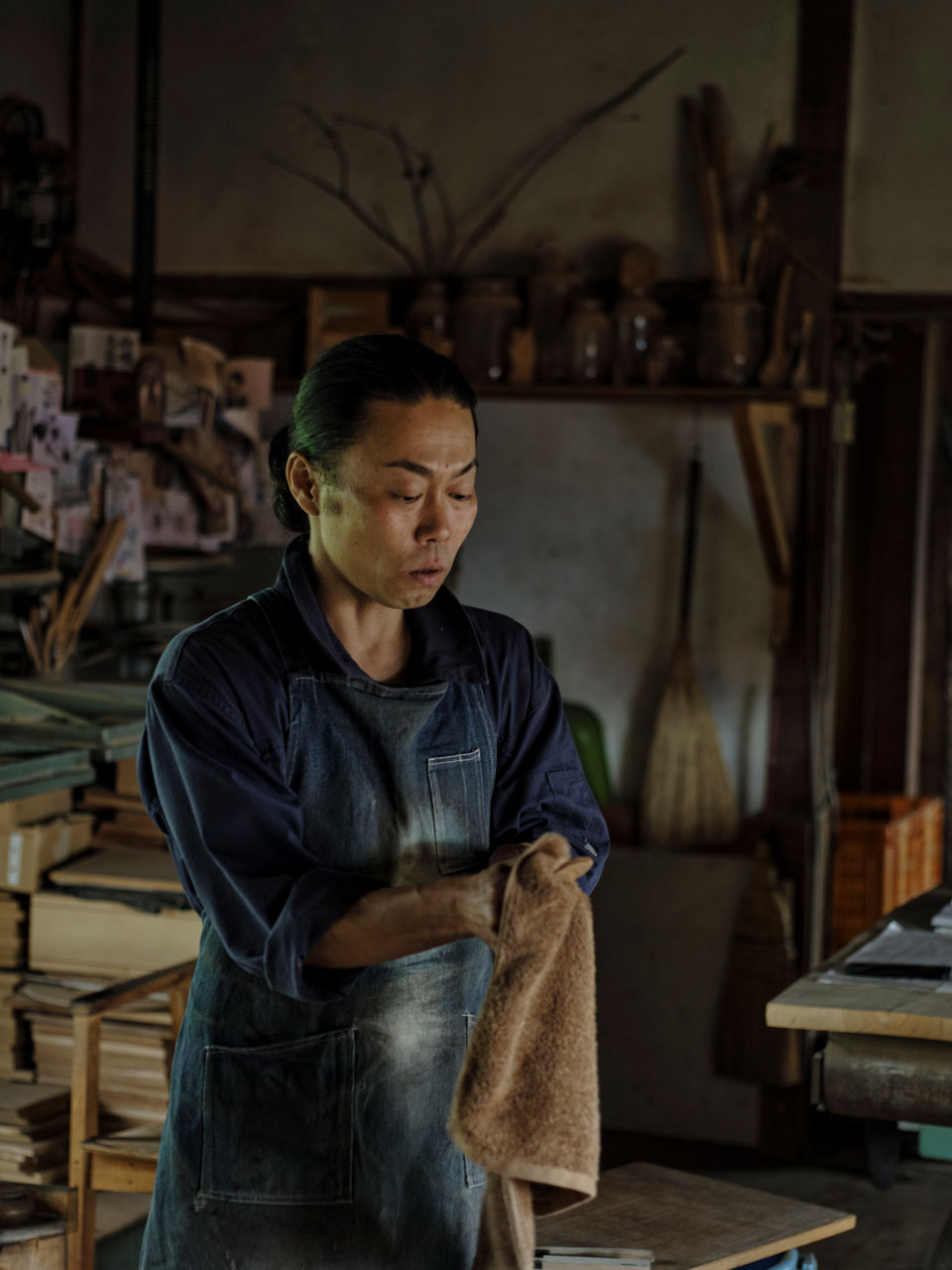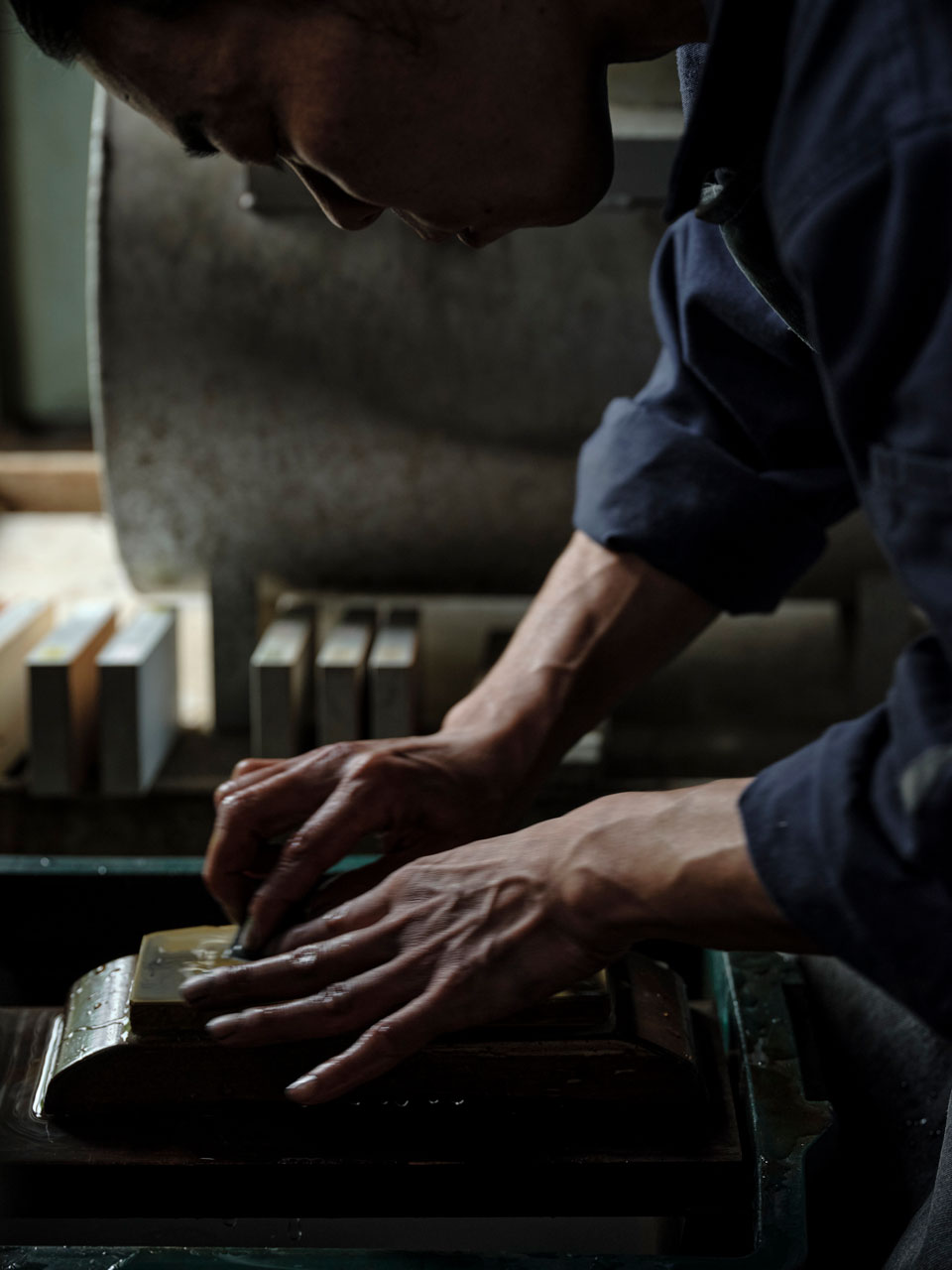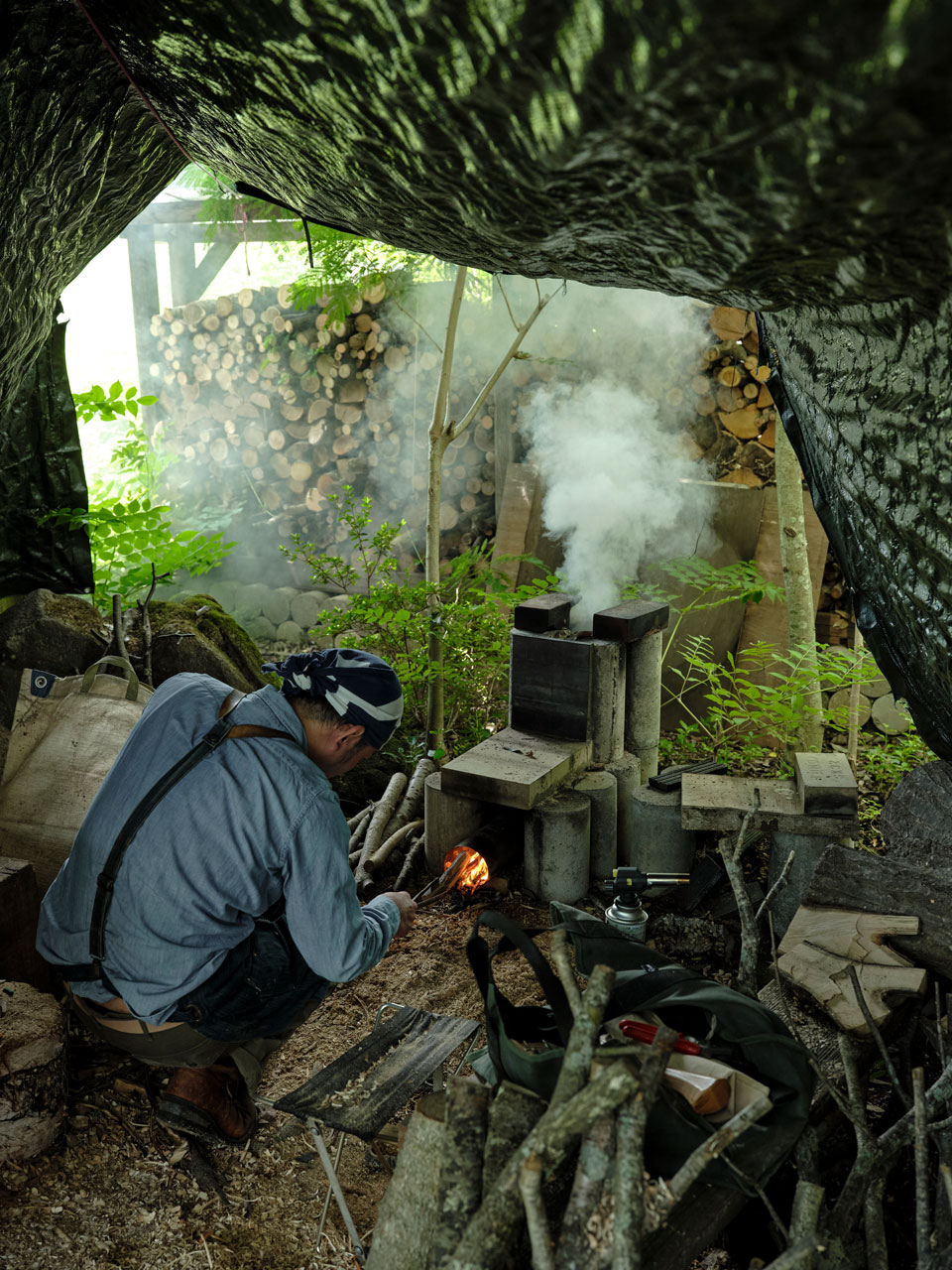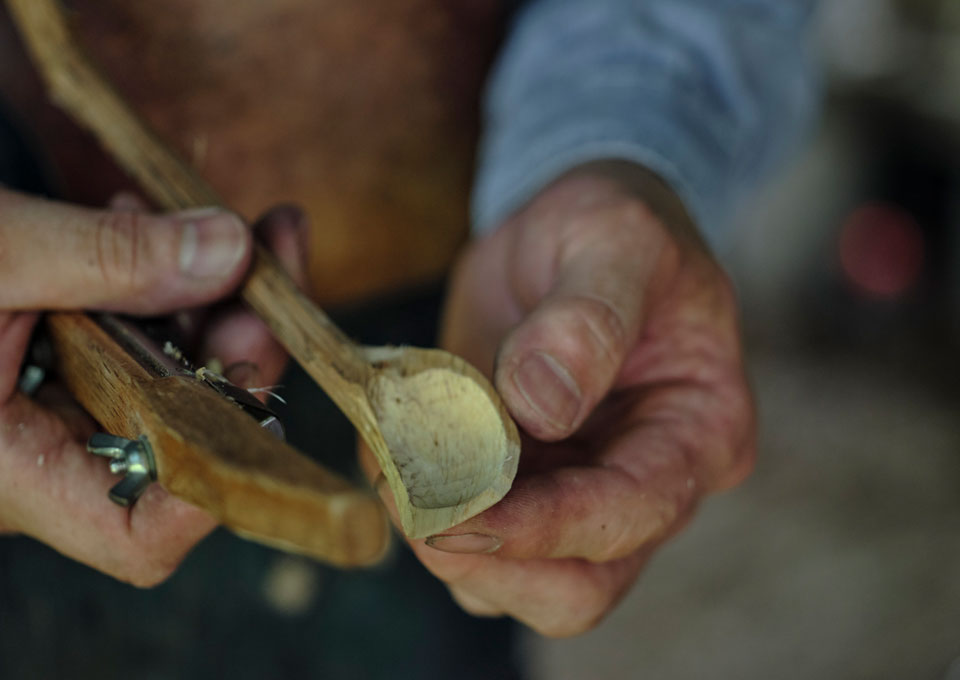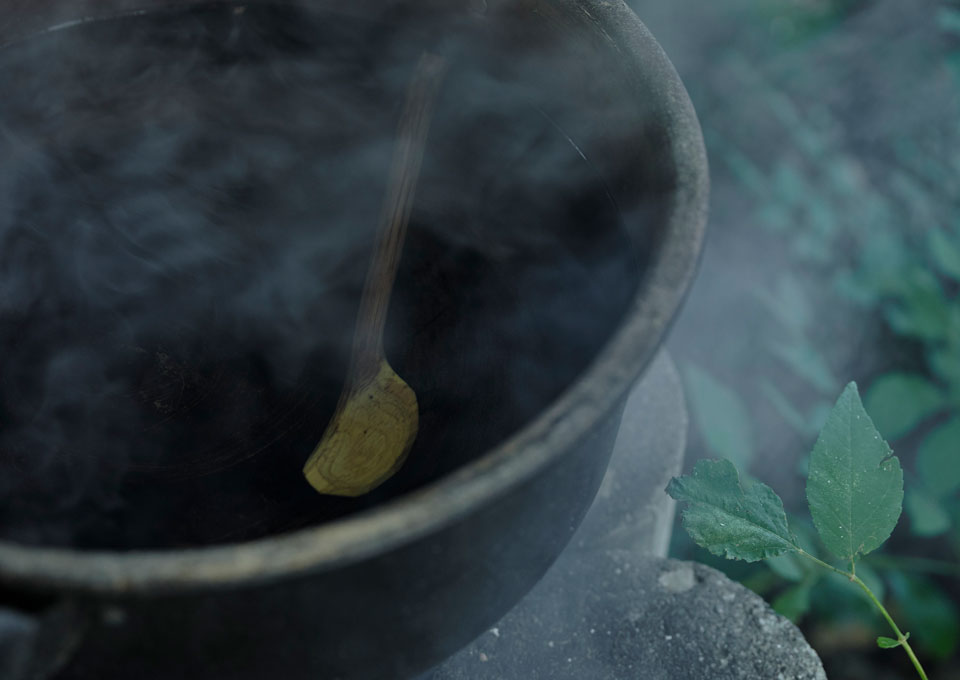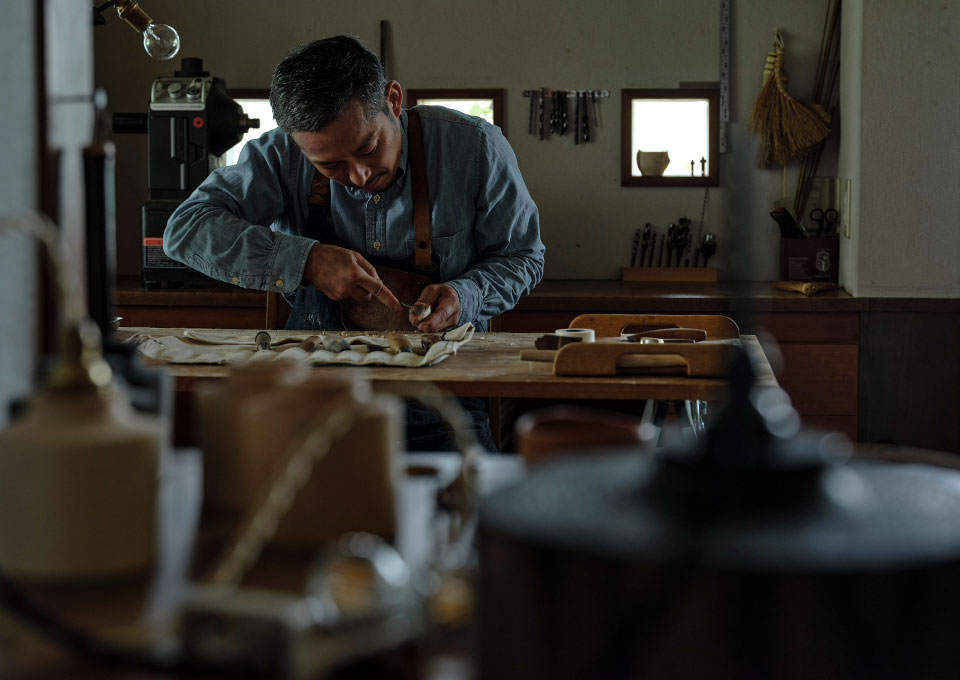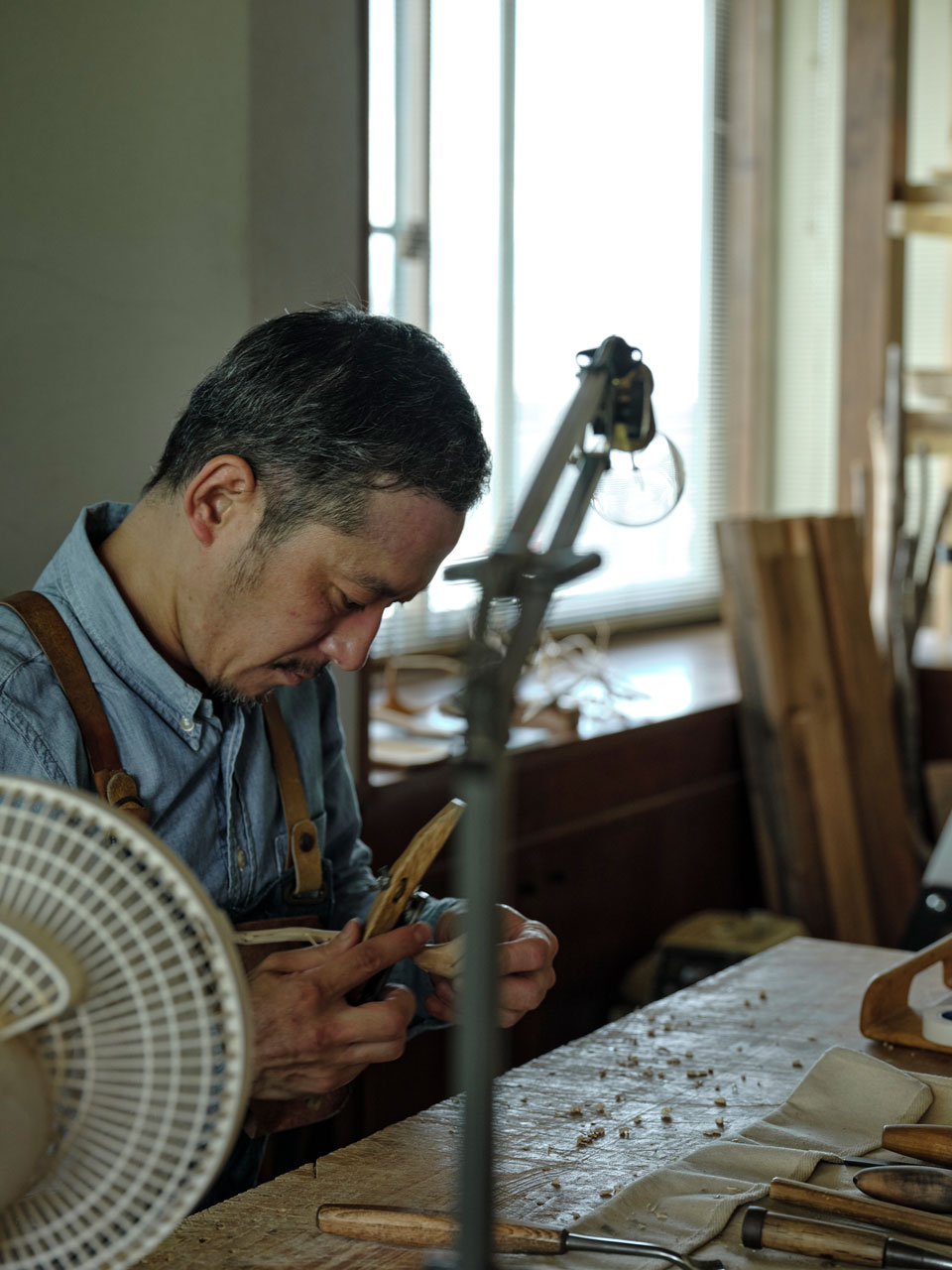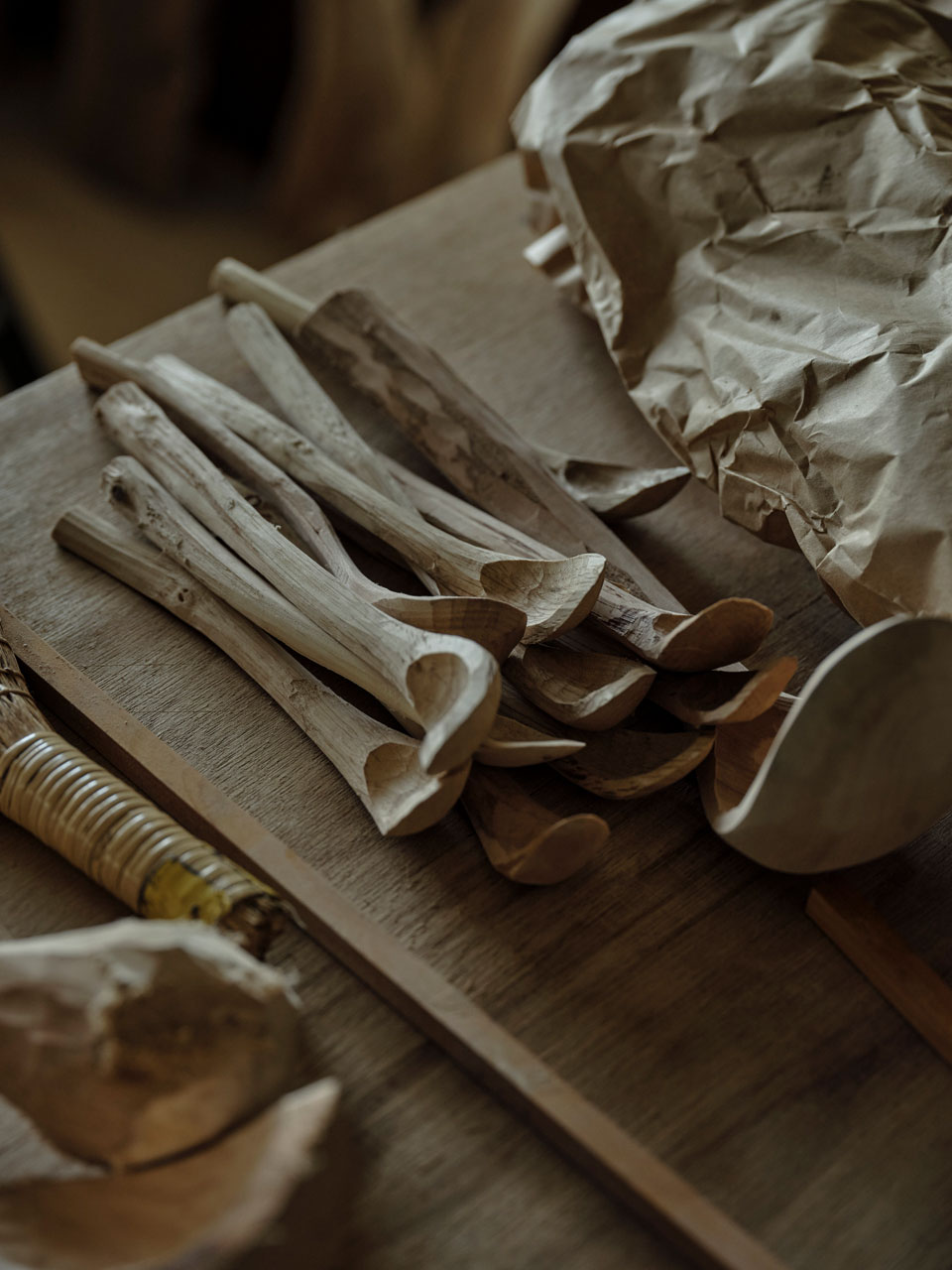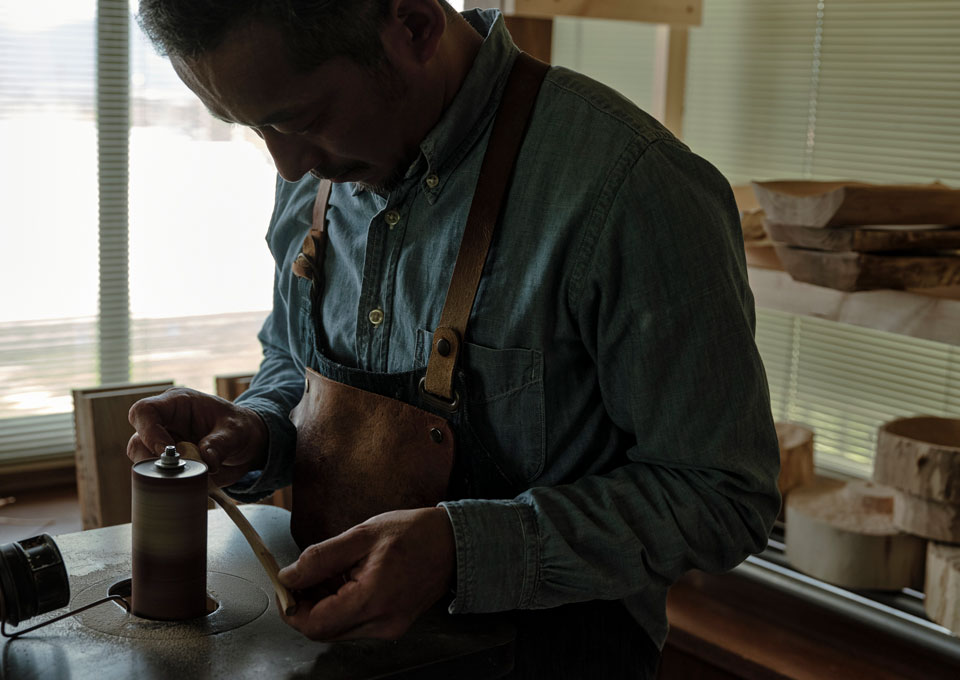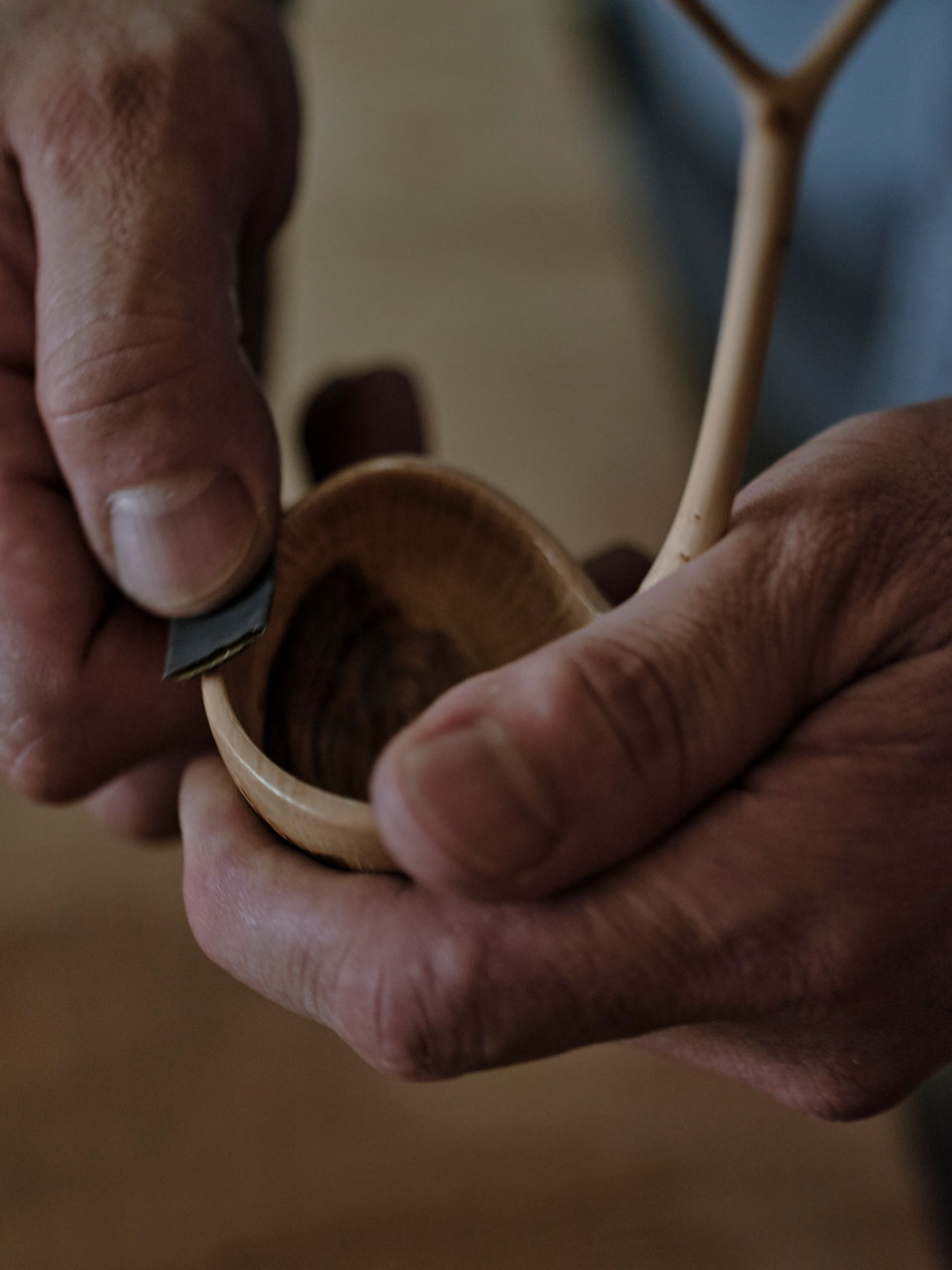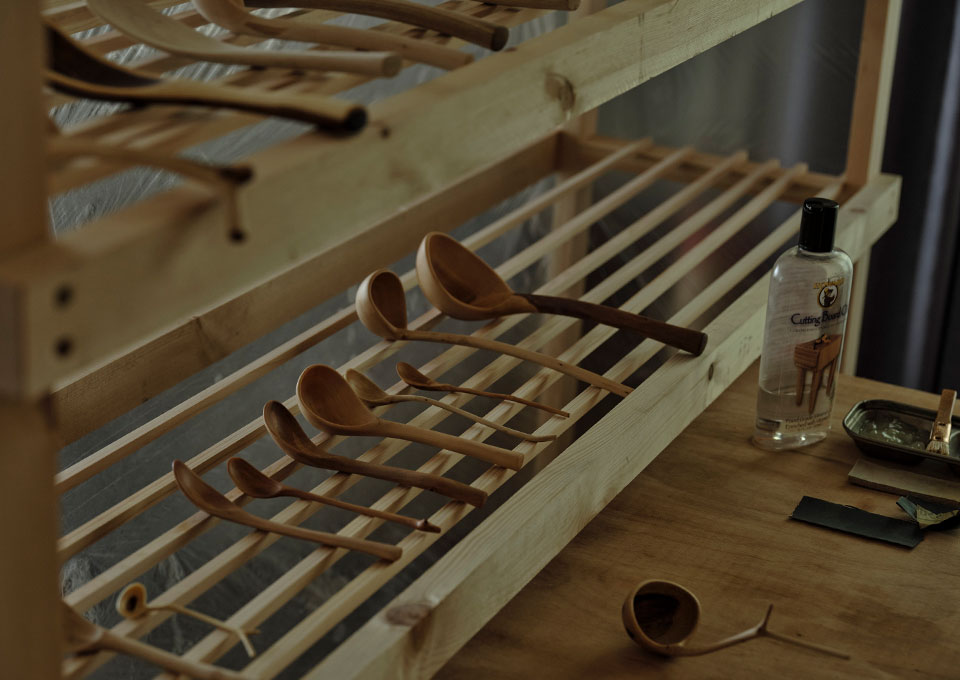ACCESS
- Ryuji Mitani Ryuji Mitani
- Daisaku Maeda Daisaku Maeda
- Kotaro Okubo Kotaro Okubo
- Ibuki Kaiyama Ibuki Kaiyama
Introduction
Together With the Northern Japanese Alps
Why do we want to touch a tree?
Why do we feel safe when we hold a small piece of wood?
Mountains and rivers, trees and stones were there before they had names, and people lived with the forests.
Here and there in the mountain range now called the Northern Japanese Alps, all over them. The people of Hida and Shinshu have lived on the blessings of these steep but majestic mountains.
Nurtured by abundant water, a variety of trees grew in the mountains.
Split by the watershed, deciduous trees such as beech and oak on the Sea of Japan side, and evergreen trees such as cedar and cypress on the Pacific side. There were also stones that were ideal for making woodworking tools, such as obsidian in Shinshu and Geroishi in Hida. People living in the mountains used tools, cut down trees, and shaped the wood to create places to live, and vessels and tools for daily life.
Over time, people began to cross mountain passes to get to each other.
Across the Abo Pass and the Nomugi Pass...
What was waiting at the end of the path that so many people trod?
It was no coincidence that in the modern era, chairs from the West made with bent wood, which had never been seen or used before in the area, began to be made in Hida. Neither was a coincidence that excellent woodworkers are now gathering in Matsumoto, in Shinshu.
The great trees of the mountain passes have always been signposts pointing to the future.
When we are tired from walking, when we think of someone we miss, or when we stop and look up at the treetops of the forest, we are reminded that we, too, are living in a time of eternity that cannot be measured by the human scale.
Through the activities of people in Hida and Shinshu, who live by woodworking as their profession, we would like once again to reaffirm the joy of living together with wood, in our hands.

Overview
-
October 19-November 17,2024
Artists will be at the gallery on Saturday, October 19. -
10:00-18:00 Closed on Wednesdays
-
YUHOKAN HIDA GALLERY 2F( 26, Kamiichino-machi, Takayama-shi, Gifu-ken, 506-0844)
-
Free
-
Hida Sangyo Co., Ltd.
-
Ryuji Mitani Daisaku Maeda Kotaro Okubo Ibuki Kaiyama
-
Yoshifumi Nakamura Makoto Koizumi
-
Ray Chen
-
Chubu-Sangaku National Park Management Office, Ministry of the Environment
Artists / Exhibits
- Ryuji Mitani
- Daisaku Maeda
- Kotaro Okubo
- Ibuki Kaiyama
Ryuji Mitani
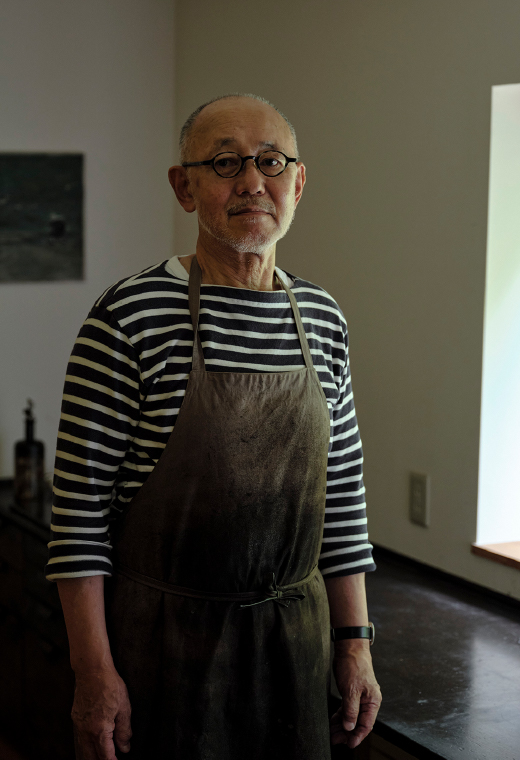
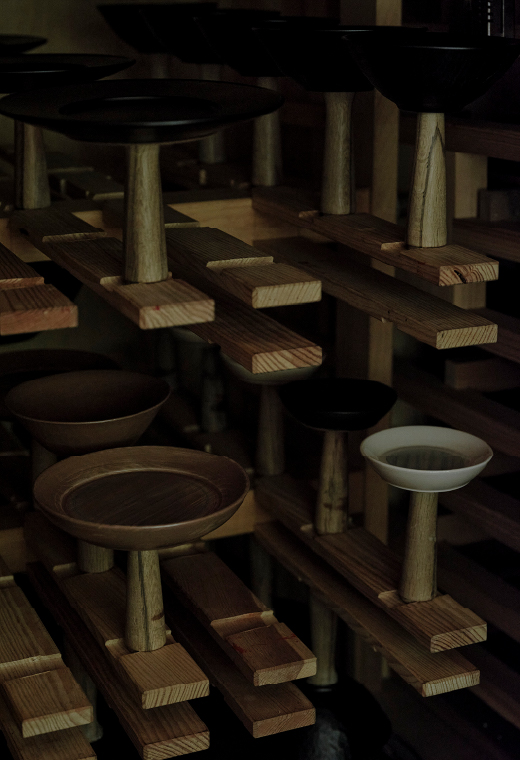
Born in Fukui Prefecture in 1952, he founded PERSONA STUDIO in Matsumoto, Nagano Prefecture, in 1981. He likes the balance between nature and the city in Matsumoto. In 2011, he opened “10cm” in an old tobacco shop he renovated in that city. You might think that there is some hidden meaning behind the name of the store, but there really isn’t. In 2021, he published a book entitled “1981-2021 the forty years of woodcraft studio”His favorite materials are cherry and walnut. His desire to make cherry wood more familiar to the public is what inspired him to make spoons .
Daisaku Maeda

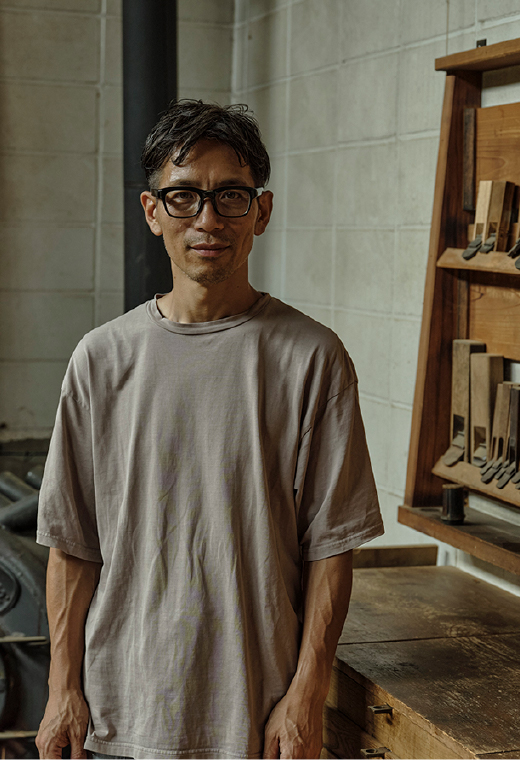
Born in Kamakura in 1975, Daisaku Maeda moved to Matsumoto at the age of 10. After graduating from university, he worked for a major office furniture manufacturer before joining the family business, Maeda Mokugei Kobo. In 2007, he es tablished Atelier M4 Inc. to produce furniture made of Karamatsu larch from Shinshu, and also to create a working environment where the younger generation can continue woodworking. Born in Kamakura, he still loves the sea.
Kotaro Okubo
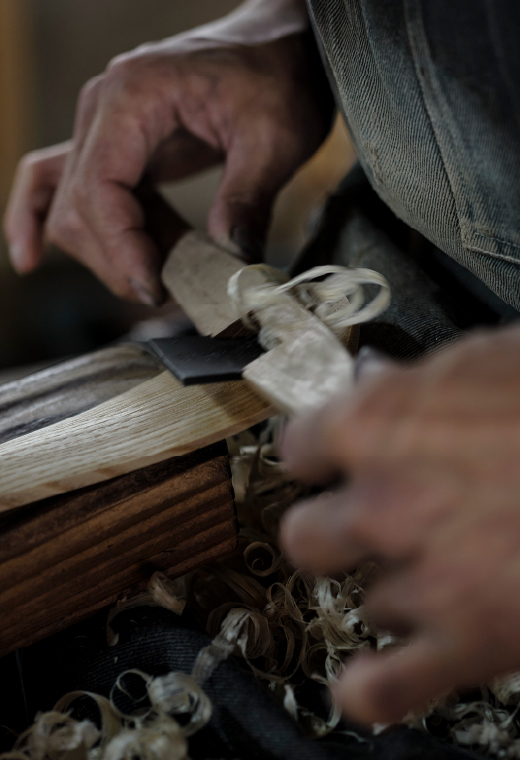

Born in Matsumoto City, Nagano Prefecture in 1979. Graduated from the University of Toyama. After training as a woodworker in Kyoto, entered Agematsu Technical College, and opened Okubo House Woodworks in 2012. At exhibitions, he al so does repairs for spatulas he has sold. He wants people to know that solid wood cooking utensils, if shaved with a plane, can be reborn and used again. He is also constantly improving and researching tools such as whetstones and planes, and will be te aching a spoke shaver course for professionals at the “Spoon Fest” in Hida Takayama in 2024.
Ibuki Kaiyama
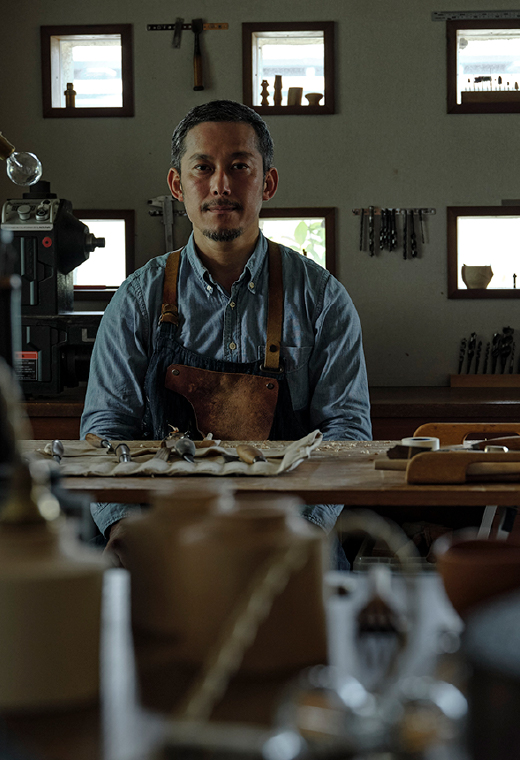
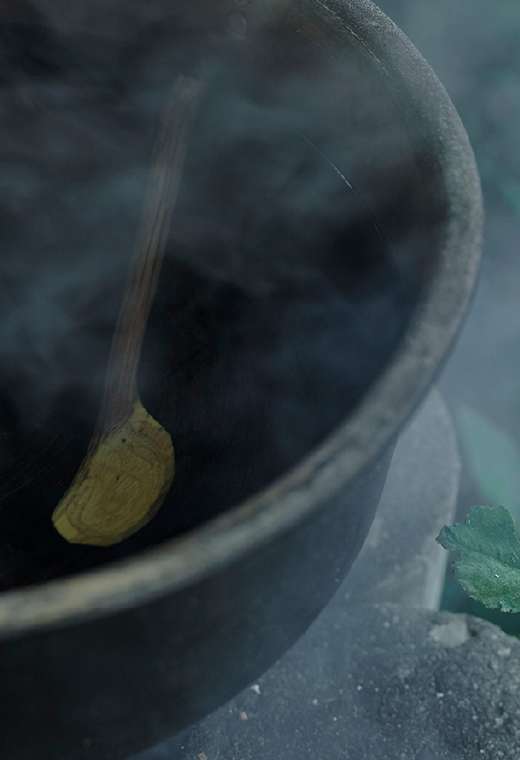
Born in Chiba in 1979. Graduated from Tokyo University of the Arts, Graduate School of Design, Functional Design Laboratory. After working for Hida Sangyo, and later as a Adjunct Education and Research assistant at Tokyo University of the Arts, he founded Atelier-hi in 2013, and moved to Azumino, Nagano in 2017. In the same year, his Branch Spoon was selected for the Design Collection by the Japan Design Committee. He made his own hearth in the garden for boiling branches. The wood that he cut down during for that, naturally, became spoons. Through workshops and other activities, he is deepening his relationship with the people who use his creations.
Made of Cedar, Made by Cedar
Hida Sangyo and 4 Craftsmen
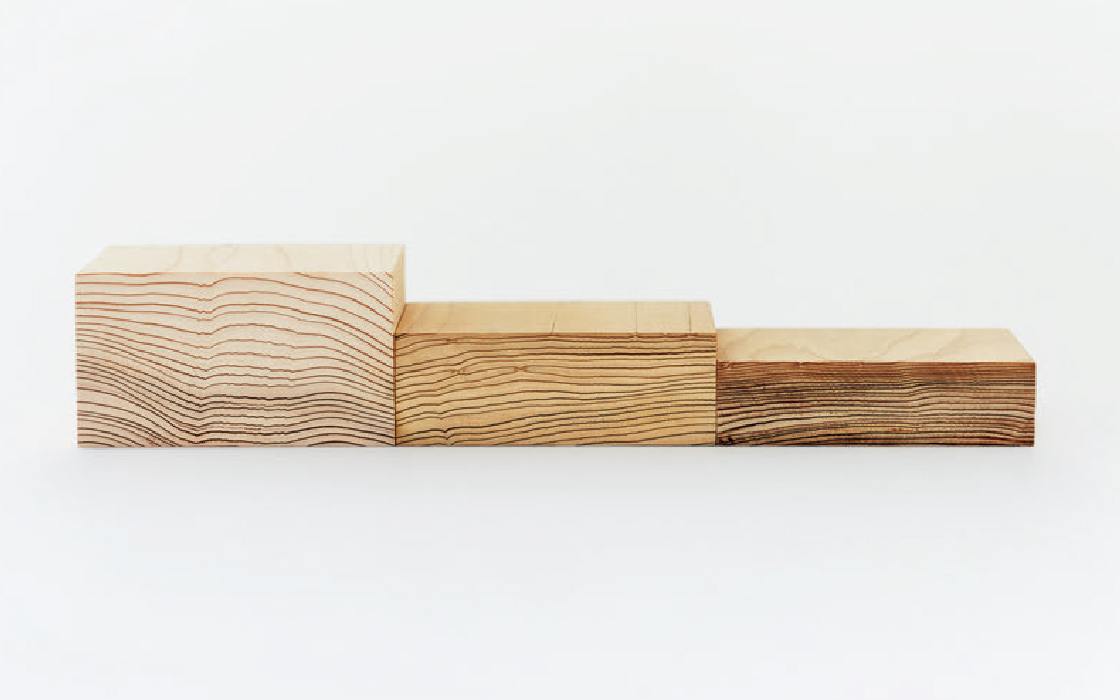
Left: Before compression, Middle: 35% compression, Right: 50% compression
In 2003, Hida Sangyo began an initiative to make furniture using Japanese cedar. Originally, softwoods such as cedar and cypress were considered unsuitable for furniture due to their strength, and most furniture such as chairs and tables were made from hardwoods such as white oak, beach, and walnut. However, cedar and cypress trees planted for use as building materials to alleviate the postwar housing shortage have been left in forests throughout Japan past their prime, because they are no longer used due to the introduction of inexpensive foreign materials following the liberalization of lumber imports in the mid-1960s. Forest plantations that have been left unattended have fallen into ruin. There are many such forests in Hida. We have been researching ways to make use of cedar trees, and have come up with compressed cedar lumber. This new material is made by steaming cedar boards at high temperatures to soften them and then compressing them in a press to make them strong enough to be used in furniture. The material has been used in a variety of products to date. This time, we provided four artists with two types of compressed cedar wood, one with a compression ratio of 35%and the other with 50%, and asked them to try making something with it. All of them chose the 50% material. You will be introduced to a new aspect of cedar that is different even from furniture.
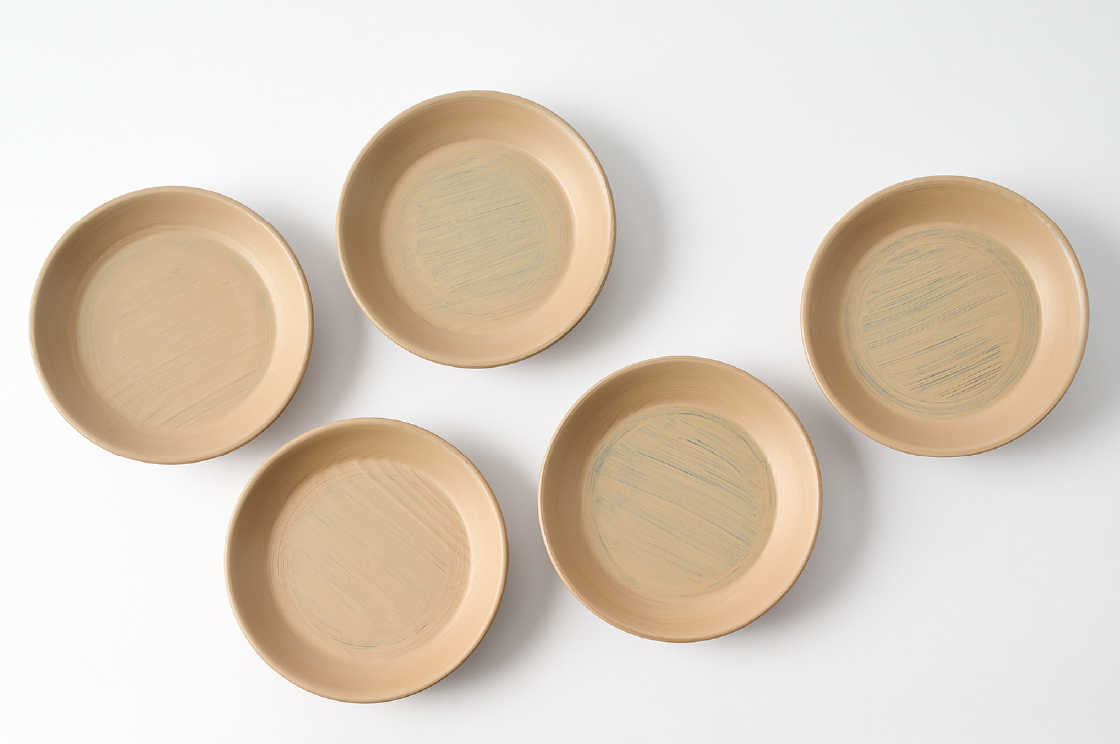
Ryuji Mitani
Wood grain is created by the different growth speeds of the wood depending on the season. The difference between the soft earlywood and the hard latewood is significant in cedar, and is clearly expressed in the grain of the wood. Cedar has a weakness in that it is easily damaged when used as a vessel, but compressing the earlywood compensates for this. I once took an interest and got some compressed cedar wood. At that time, I was concerned about the strength of the plain-sawn grain and could not make it into anything. I went for it again this time, though, and tried to soften the strong impression of the grain by applying white lacquer. The grain of the wood, which emerges faintly from behind the coating, is a little wavy, but I was able to preserve a little of the soft expression of the cedar wood, which is different from hardwoods.
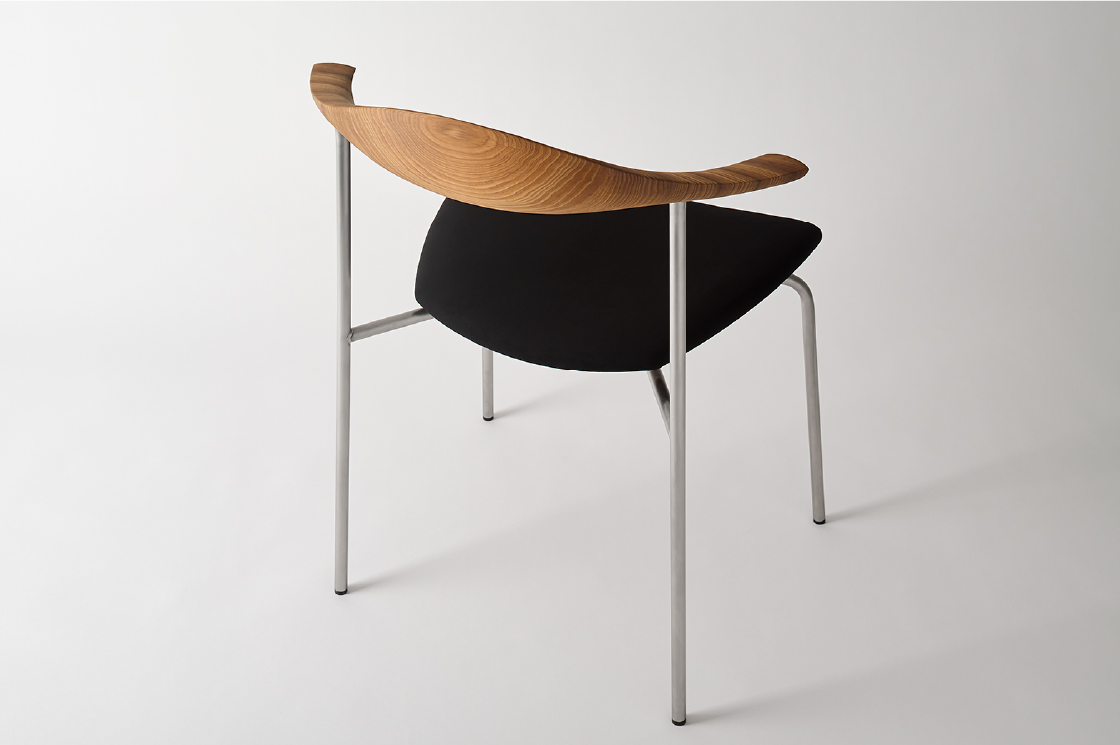
Daisaku Maeda
Cedar is so difficult to finish with a blad e that it is said that if you can shave the end grain of a piece of cedar, you are a master. Although it is difficult to work with, its greatest advantage over other materials is its lightness. Although I often make chairs that take advantage of the lightness of softwoods, I am curious about what woul happen if we replaced it with compressed cedar. I believe that light is right for chairs. Chairs are light for a reason.
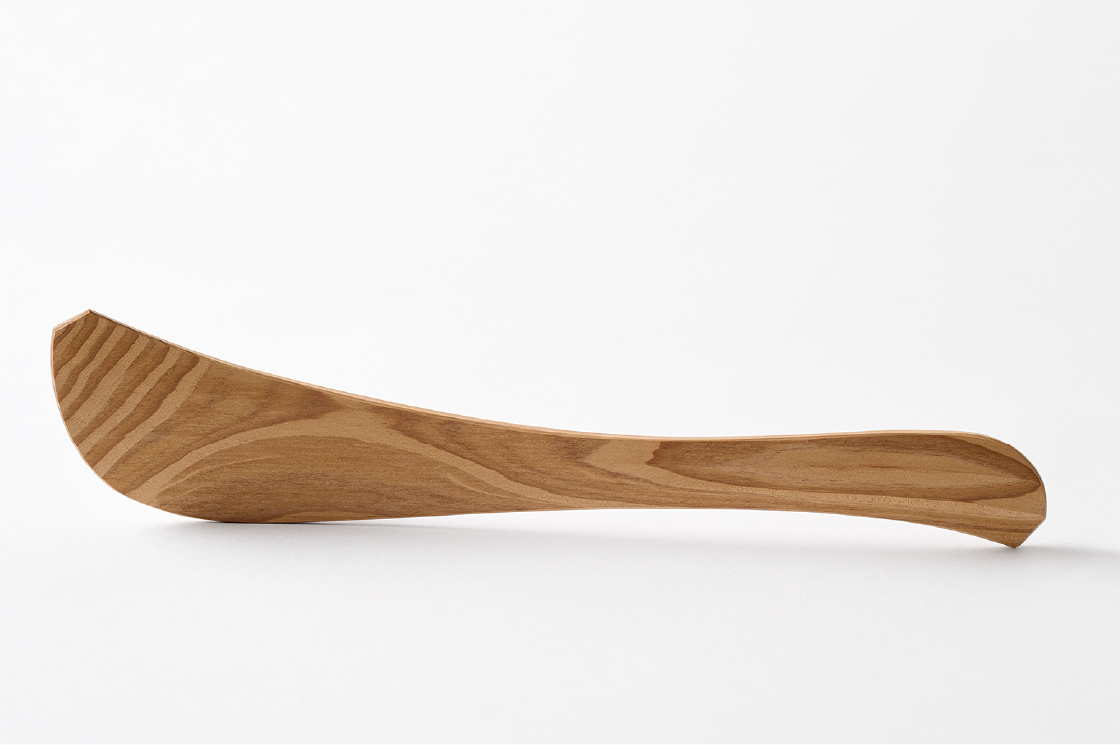
Kotaro Okubo
Of course, compressed Japanese cedar is different from the hardwoods we usually use, and I had the impression that it was carbonized like bogwood. It was hard and brittle at the same time, and even though it was compressed, the characteristic difficulty of finishing with a blade that you get with cedar was still there and quite formidable. I marked it with a template and then carved it. If I were to standardize the spatula as a product, it would have to be coated with a finish. This is just my impression of the test production.
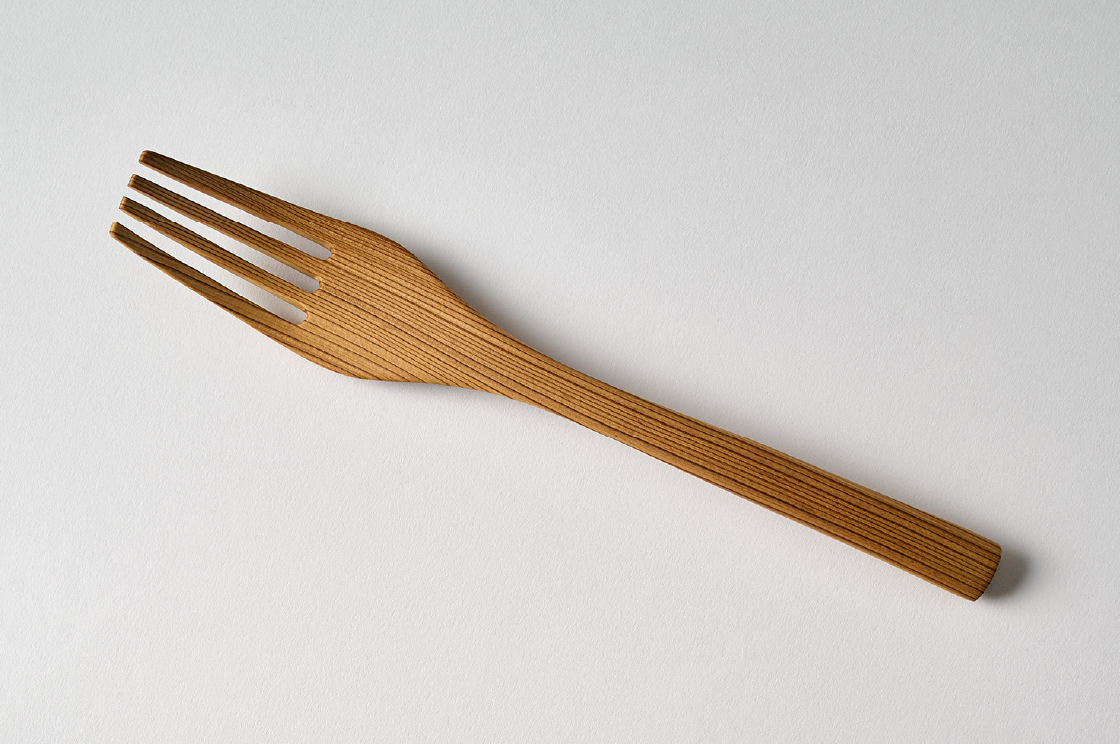
Ibuki Kaiyama
I think this material has great potential. I have been using uncoated compressed cedar chopsticks for about 3 years, and although I regularly wash them with soap, surprisingly they haven’t gotten fuzzy. I wanted to take advantage of the high water resistance. It seems to resist abrasion, and warp less in compressed areas. I thought that if it could stay so straight, it would be suitable for forks. Since it cannot be made strong enough for piercing, it is only for twirling spaghetti. Since I choose a piece with a grain suited to the shape of the fork, it naturally comes from wood near the knots.
Talk Session
On the first day of the exhibition, a talk session will be held to commemorate the
opening of this exhibition and the renewal of YUHOKAN HIDA GALLERY.
-
October 19, 2024 (Sat) 16:00 - 18:10
-
Takayama Museum of History and Art (75 Kamiichinomachi, Takayama City, Gifu Prefecture)
-
100 persons (free of charge, reservation required)
Hida and Shinshu, what calls to each other beyond the mountains
What can we tell from this exchange between Hida and Matsumoto, both towns that are known for woodworking? We will talk about the joy of living with wood and making things with wood.
Speakers
-

Ryuji Mitani Woodworker
-
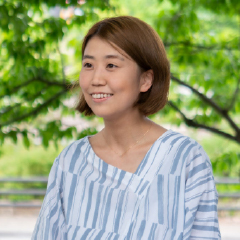
Akiko Okada President, Hida Sangyo Co., Ltd.
Facilitator: Yuka Sano, editor and writer
Space design for YUHOKAN HIDA GALLERY
Architects and designers involved in the recent renovation of the YUHOKAN HIDA GALLERY will gather to discuss the possibilities of the Takayama town and its places.
Speakers
-
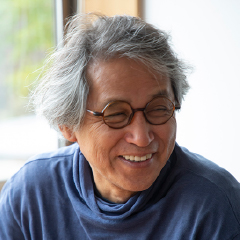
Yoshifumi Nakamura Architect
-
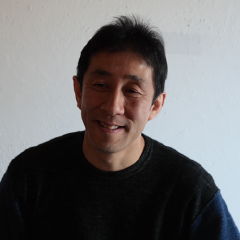
Makoto Koizumi Furniture Designer
-
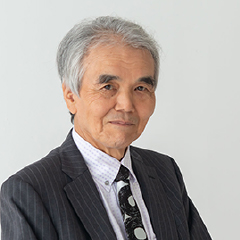
Sanzo Okada Chairman of the Board, Hida Sangyo Co., Ltd.
Facilitator: Yuka Sano, editor and writer
Demonstration / Workshop
In conjunction with this exhibition, woodworking demonstrations and workshops by artists active in Shinshu and Hida will be held.
*Please be sure to register for the workshops. (Reservations are preferred)
Demonstration
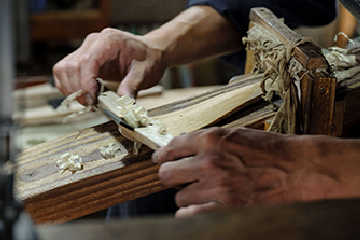
Making Spoons
Okubo Kotaro (Woodworker)You can see the process of making a spoon with a shaving horse. A shaving horse is a wooden bench that is straddled like a horse, and has a foot pedal to hold the work in place. This frees up both hands so that the wood can be shaved with a two-handed blade such as a spoke shaver.
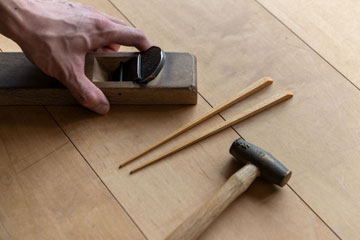
Making Chopsticks
Taishi Uratani (Furniture Maker)Chopsticks are produced using a plane. A plane is a kind of woodworking tool, mainly used to shave the surface of timber. A chopstick-making workshop is also held on the same day.

Making Kumiko
Shingo Kawakami (Hida Sangyo Employee)We will make Kumiko lattice designs. Kumiko is a woodworking technique in which wood is assembled into geometric patterns without the use of nails.
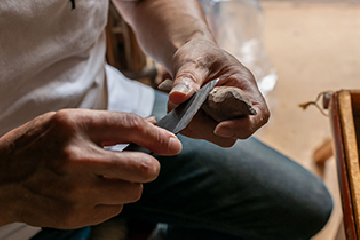
Making Wooden Birds
Yoshikazu Matso (Woodworker)Visitors can see how Mr. Matsuo, a woodworker and artist, creates his wooden birds. His pieces are characterized by the warmth of his style, which makes use of the natural texture and grain of the wood.
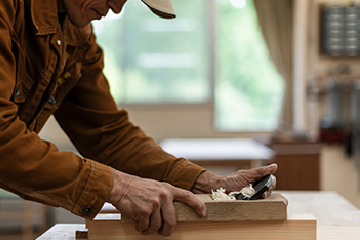
Planing
Yoshitaku Tamada (Head of Hida School of Fine Woodworking)You can see how planing is done. A plane is a type of woodworking tool used primarily to smooth the surface of lumber, but there are also planes for special purposes, such as making grooves in lumber.
Workshop
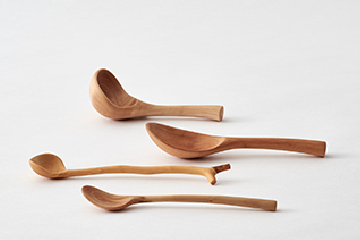
Making spoons from odds and ends from the forest
Ibuki Kaiyama (Woodworker)Participants pick from spoon blanks that have been rough-hewn from branches by the artist, selecting their favorite shape, and polish it with sandpaper and oil to complete the process. You can create a one-of-a-kind spoon that makes the most of the natural shape of the wood.
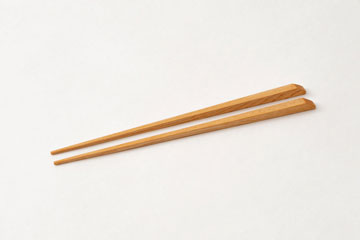
Planing Experience Chopstick Making
Taishi Uratani (Furniture Maker)You can choose your favorite wood from a variety of wood types, and experience authentic woodworking by shaving and finishing with a planer.

Kumiko Coaster Making
Shingo Kawakami (Hida Sangyo Employee)Participants will make a Kumiko coaster. Kumiko requires advanced woodworking techniques such as planing, but in this workshop anyone can easily enjoy making Kumiko coasters.

Making oval lunch boxes
Keiishi Nishida (Shunkei Lacquerware Woodworker)Participants can try their hand at making an oval lunch box. You can experience the process of binding the bent joints with cherry bark and attaching the bottom board.
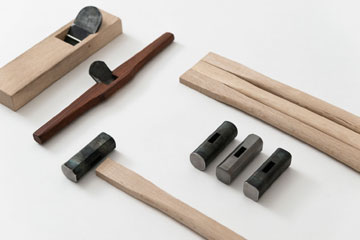
Custom Genno (Hammer) Workshop
Yoshitaku Tamada (Head of Hida School of Fine Woodworking)A Genno is a type of hammer that originated in Japan and is mainly used for pounding chisels in the woodworking world. In this workshop, you can make your own original Genno by cutting the handle from a square piece of wood into the shape of your choice.
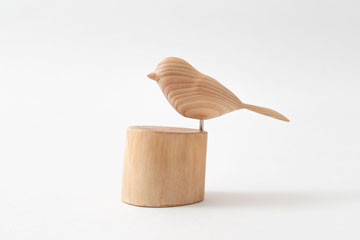
Wooden Bird Making
Yoshikazu Matso (Woodworker)Take a small wooden bird that the artist has roughly shaped and polish it with sandpaper and oil to complete the process. The beautiful texture and grain of the wood can be seen after repeated polishing. It makes a nice curio for your room.
Special Sale
A booklet produced in conjunction with the exhibition and the exhibited works will be sold by lottery.
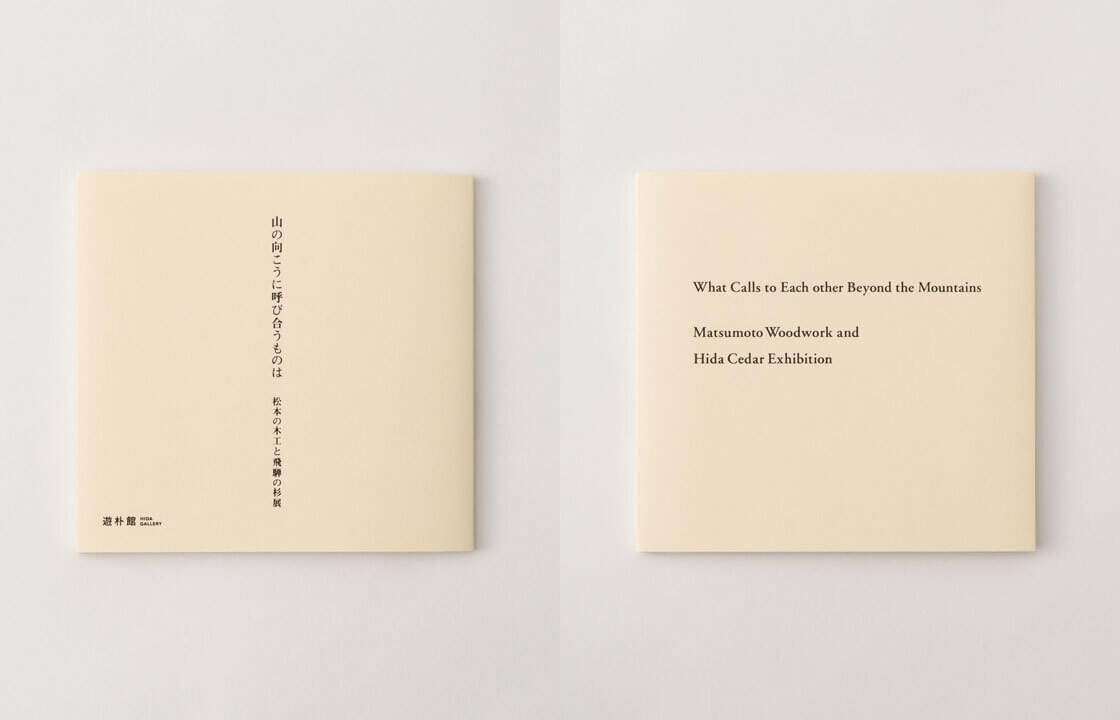
What Calls to Each Other Beyond the Mountains Matsumoto Woodwork and Hida Cedar Exhibition booklet
A booklet summarizing the contents of the exhibition will be available online. In it we introduce four craftsmen: Ryuji Mitani, Daisaku Maeda, Kotaro Okubo, and Ibuki Kaiyama, and discuss their unique and pioneering work in their own fields of life with wood, focusing on the theme of exchange between Hida and Matsumoto. We hope that this new exchange between the two regions will encourage visitors to think about their future lives with wood and the joys of making things with wood.
List price: 2,750 yen (tax included)
Specifications: W200 x H190mm, paperback, 72 pages
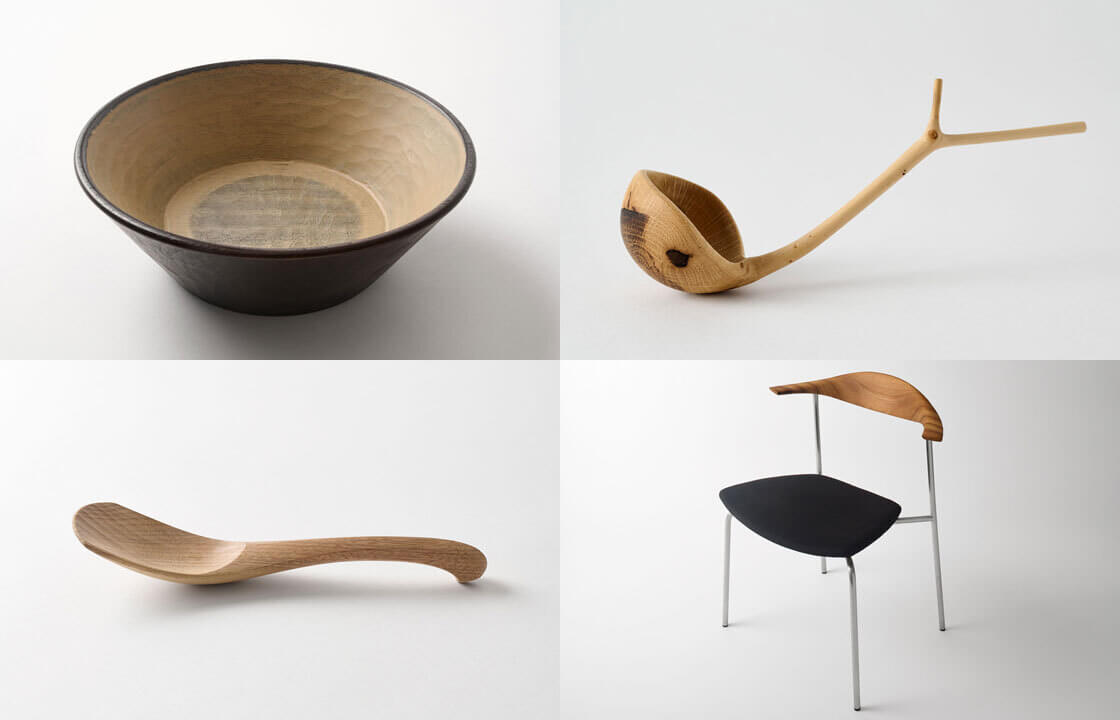
Lottery sales of works by Ryuji Mitani, Kotaro Okubo, and Ibuki Kaiyama
Works to be exhibited at the exhibition during the exhibition will be sold by lottery. Please apply for the lottery by selecting the works on display at the exhibition. The drawing will be held after the exhibition closes, so you can view the artwork at your leisure during the exhibition. Selection is not on a first-come, first-served basis, so please apply within the application period. Works by Daisaku Maeda will be available for order upon request.
How to apply:
Application Period: October 19 (Sat) - November 17 (Sun) during the exhibition
Applications accepted: In-store at YUHOKAN HIDA GALLERY only
Announcement of Lottery Results:
Only the winners will be notified by e-mail.
Notes:
Purchase for the purpose of resale is strictly prohibited.
Cancellation after winning is strictly prohibited.
No telephone or email orders will be accepted.
The shipping address must be within Japan.
*For other details, please ask our in-store staff.
Facility Information

YUHOKAN HIDA GALLERY
[Address]
26, Kamiichino-machi, Takayama-shi, Gifu-ken, 506-0844
[Open time]
10:00-18:00 Closed on Wednesdays
[Contact Us]
0577-32-8892
yuhokan@shop.hidasangyo.com
Access
From Takayama Station
About 14 minutes on foot
About 6 minutes by cab
From HIDA Takayama Store
About 16 minutes on foot
About 10 minutes by bus and on foot
From the Tenman Jinja-mae bus stop to the Hida Museum of History and Art bus stop
About 6 minutes by cab
Parking lot available
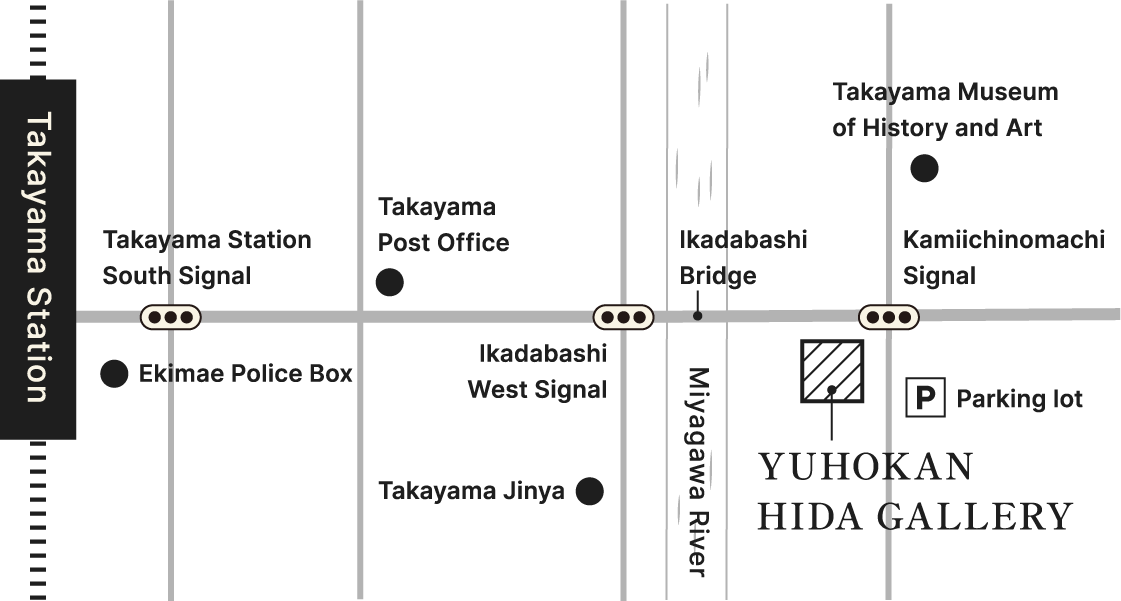 Google map
Google map

